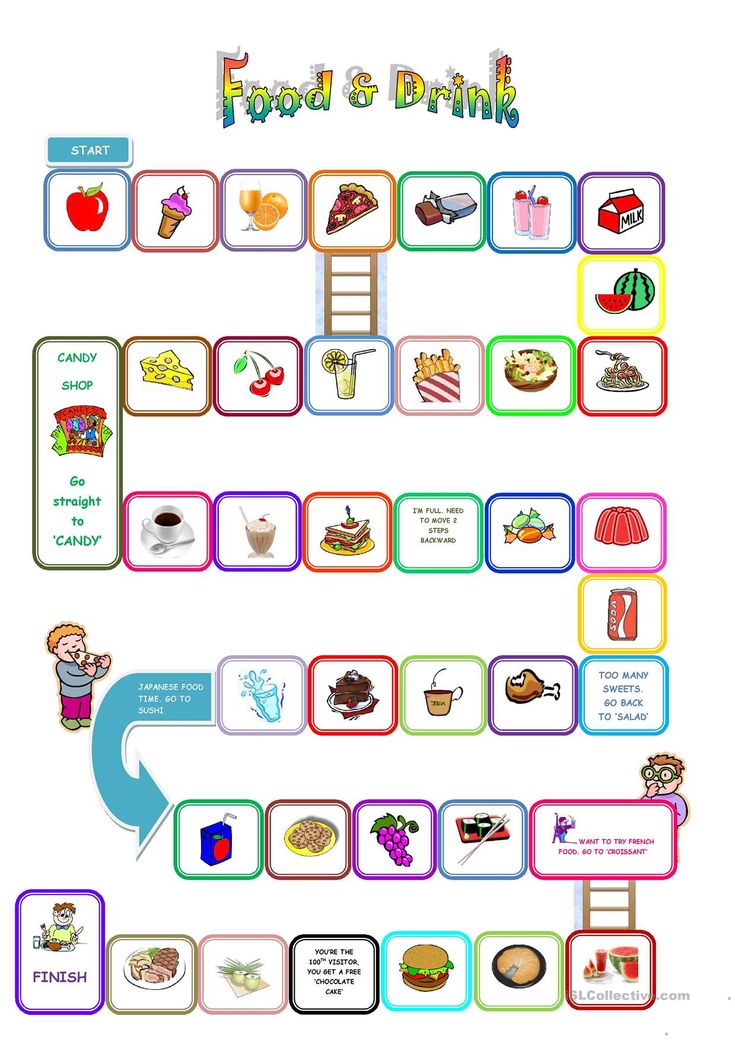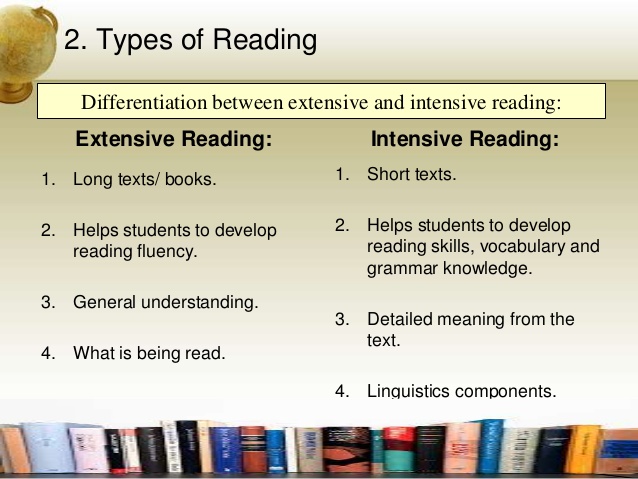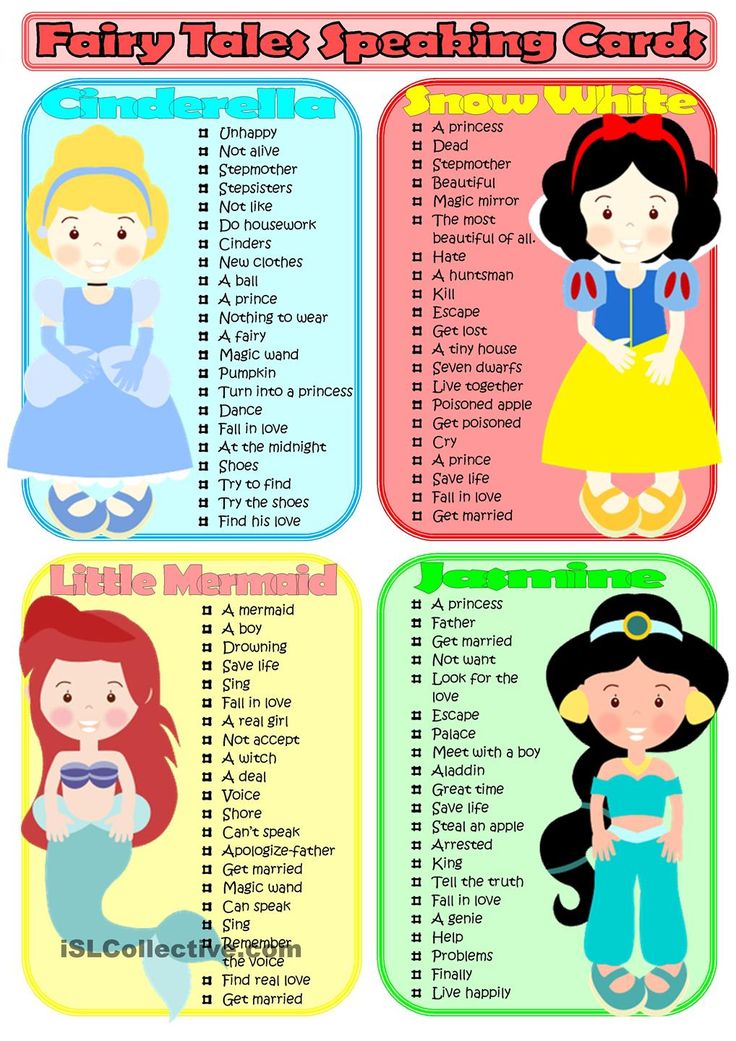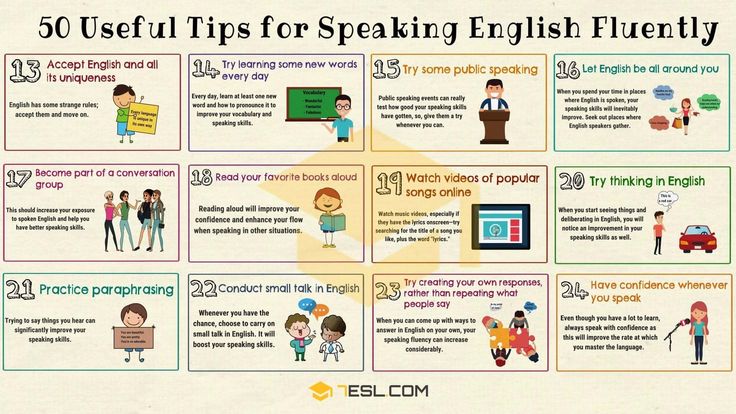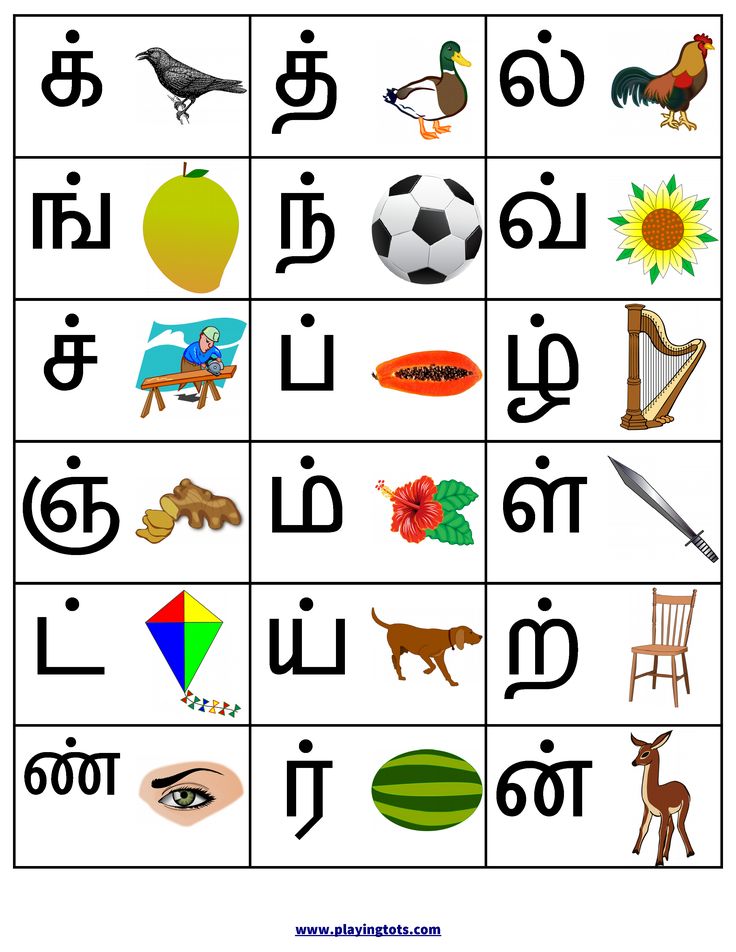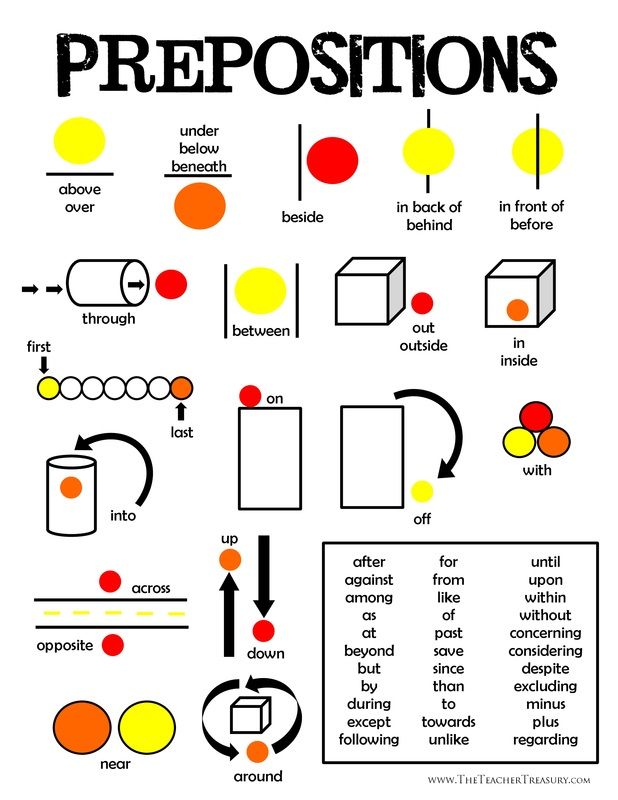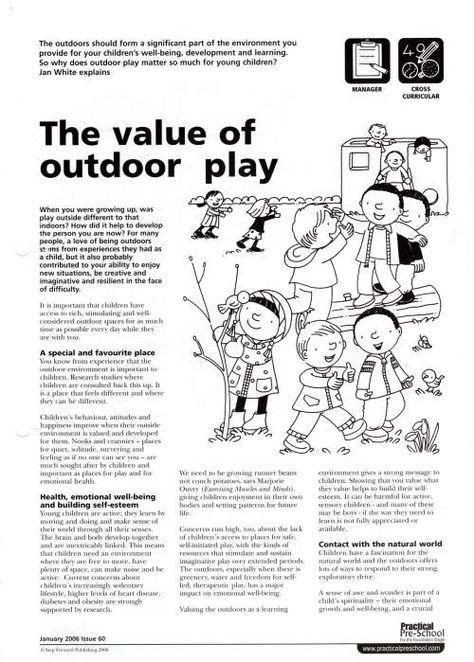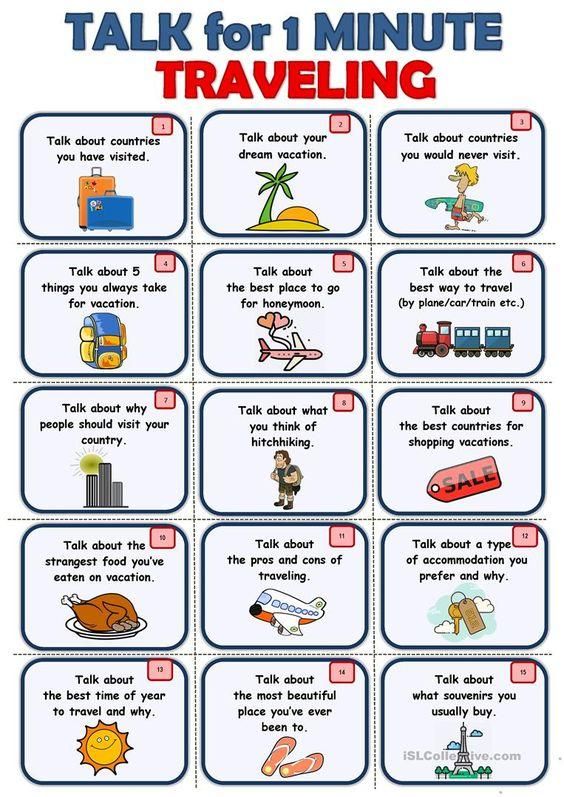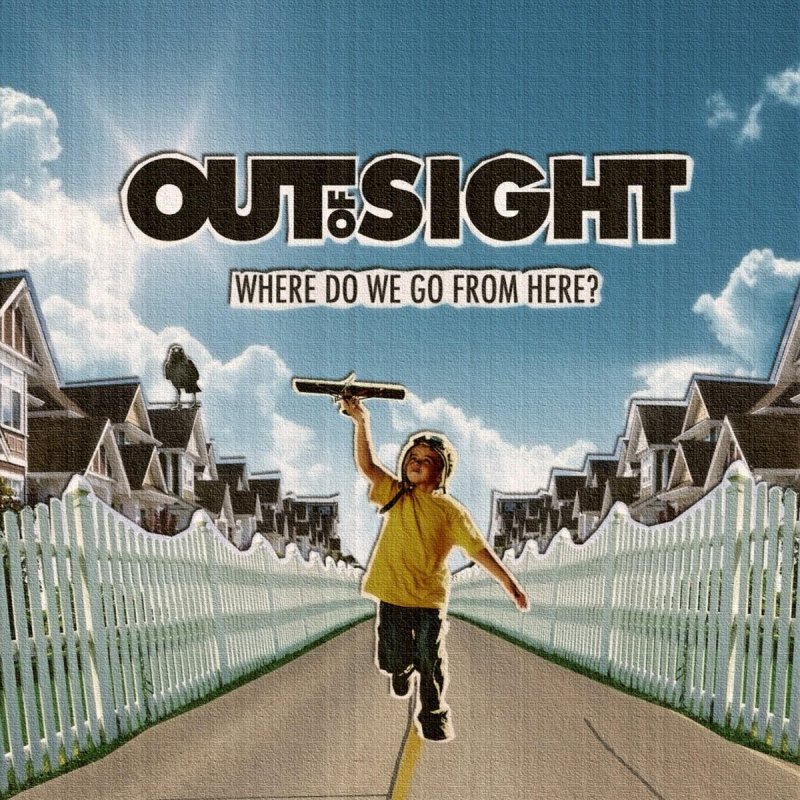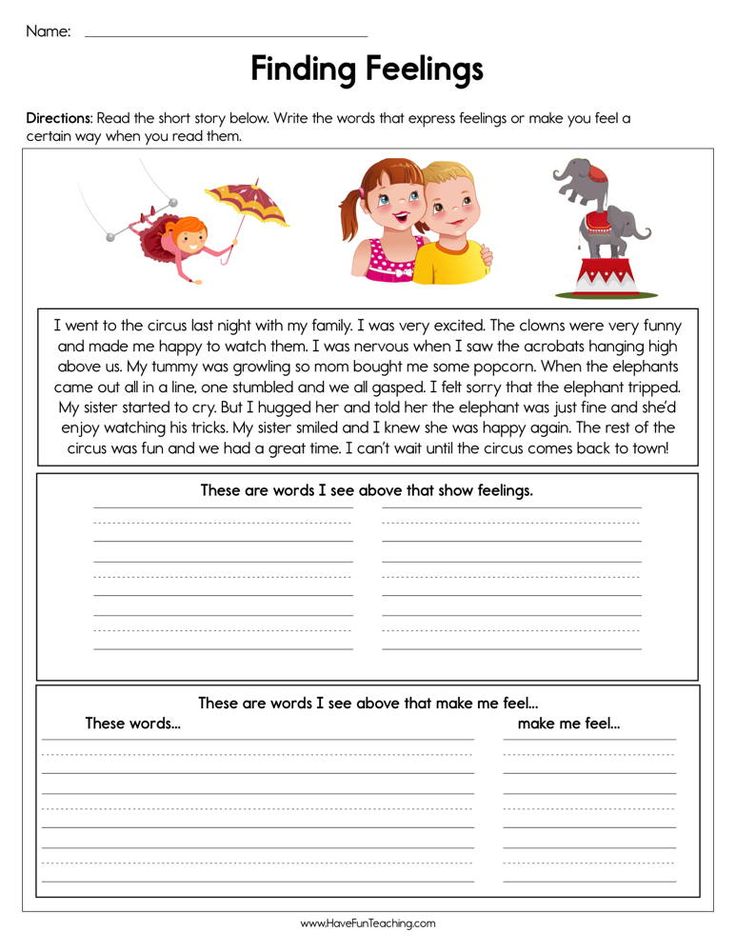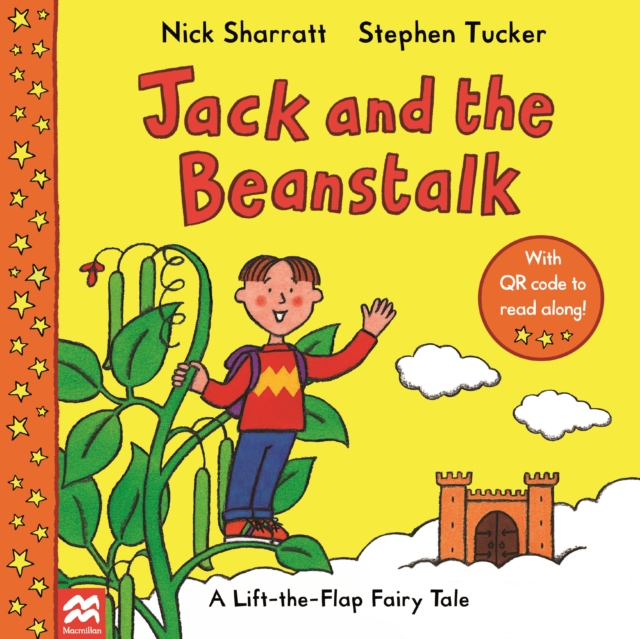Cooperation games for kindergarten
42 Fun Cooperative Games for Kids
Disclosure: This post may contain affiliate links, meaning I get a commission if you decide to purchase through my links, at no cost to you. As an Amazon Associate, I earn from qualifying purchases. Read the full disclosure here.
Cooperative Games for KidsEveryone likes to win at games, especially young children who might have not yet learned to take minor losses in stride.
Of course, when it comes to most games, victory and defeat are twin sides of the same coin, which can create thorny situations for teachers and parents.
Fortunately, there’s an increasing number of easy and diverting solutions to this conundrum: cooperative games.
In these games, the players work together as a group to achieve a common goal, rather than playing against each other.
While victory is still not guaranteed, a cooperative game will ensure that each participant can have a great time from beginning to end. As a bonus, it’s never too early to teach children about the importance of teamwork, and games provide a fun backdrop to the lesson.
Some of these games can even double as trust-building activities for adults in the workplace. In addition, participation in these games may even help antisocial or aggressive children become more calm and relaxed in a school setting.
To help you get started, here’s a list of popular cooperative games that are both fun and simple to learn. All of them are suitable for grade-school aged children (some younger than others).
Cooperative Games for PE
1. Smaug’s Jewels
This game (based on J.R.R. Tolkien’s The Hobbit) invites players to steal the “dragon’s” jewels and make it back to their base without being captured.
First, use cones or other stationary markers to create a circle, and place one player at each marker. Place a Nerf football (or any soft object) in the center of the circle.
Choose one player to serve as “Smaug” (the dragon), and assign a number to each remaining player to divide them into teams (1, 2, or 3).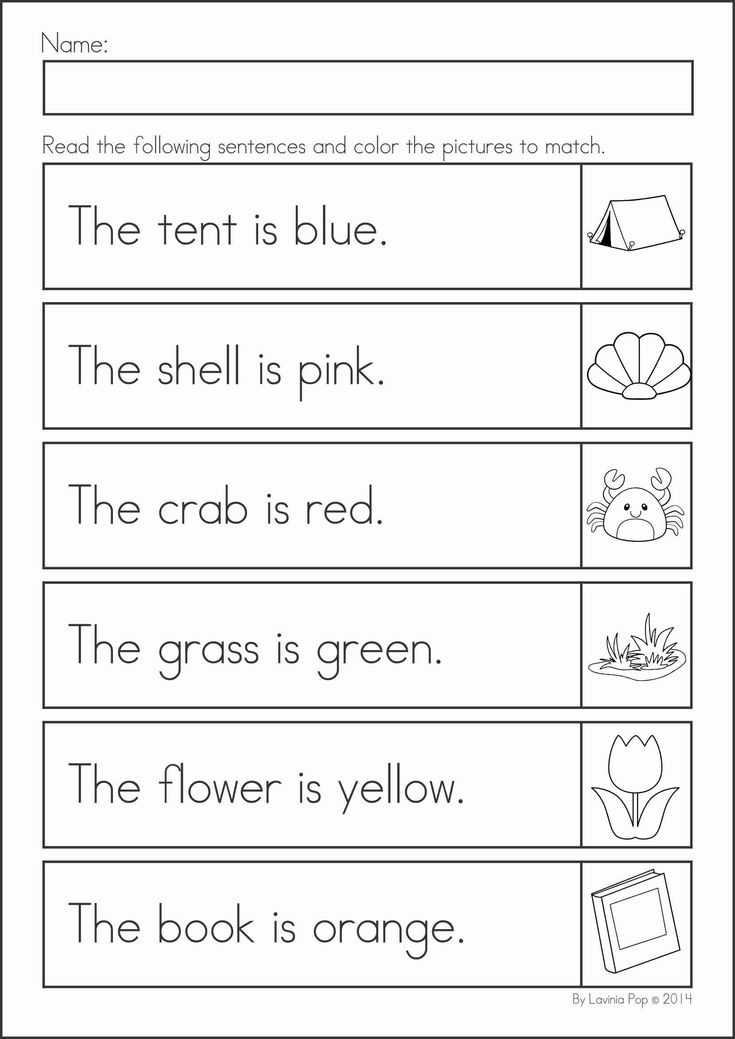
To begin play, call a team’s number. This team will have to work together in an attempt to take “Smaug’s Jewel” and return safely to their base.
If Smaug manages to tag any of the players before they get back to their base, that team’s turn ends.
When a team manages to steal the jewel, it’s time to select a different player to act as Smaug.
2. Iceberg
If you’re looking for cooperative games for PE for students in the lower grades (K-2), this is a suitable option.
First, split students into teams of 4 (or 6, depending on the size of the class and the number of playing surfaces you have on hand).
Give each team a playing surface (old sheets and tablecloths are preferred). Have each team lay out their playing surface on the floor.
When you’re ready to begin play, blow a whistle or clap your hands to alert all players to stand on their team’s playing surface. The area beyond the boundaries of the sheet are off-limits.
Once every player is on the sheet, have them move off and fold the sheet in half, repeating this process until the sheet is too small for the entire team to stand on.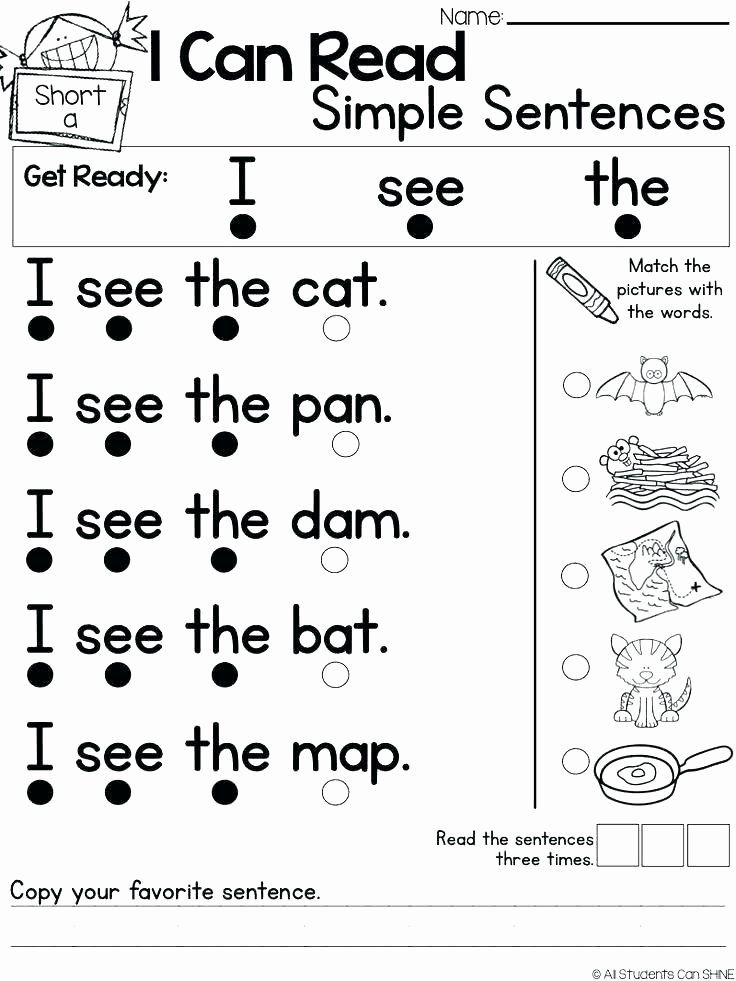
3. Space Race
The objective of this game is to collect enough “fuel sources” (bean bags) and return them to the “tanks” (small hoops or poly spots) without touching the area outside the “spaceships” (hula hoops).
Divide players up into teams of four to six, depending on group size. Scatter a total of five bean bags for each team across the playing surface. Assign each team a “home base” with five fuel tanks apiece.
Players can begin in either the center of the playing surface, or at their team’s home base.
To move across the playing surface, players must formulate a path using the hula hoops (three per team works well), gathering all team members within these safe spaces. A hoop can be moved only when there are no players currently inside it.
Once the fuel sources have been collected, they must be placed on the tanks. Tossing the bean bags is not allowed – the players must physically return to their home base.
4. Caterpillar
Note that players should be comfortable doing a forward roll before attempting this activity.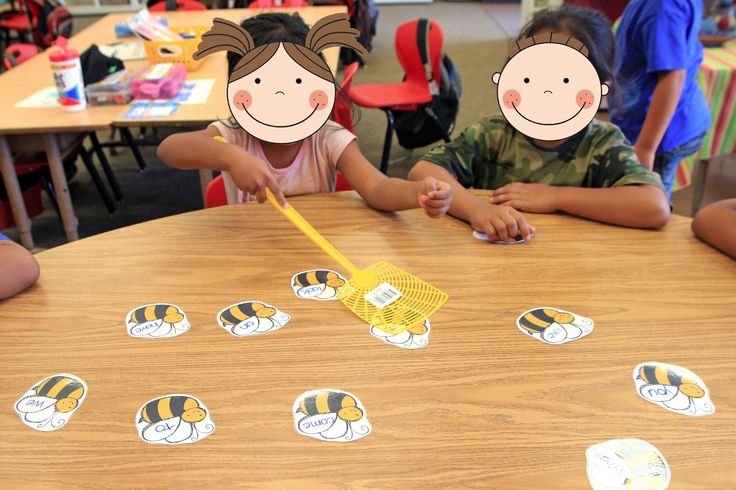
If you like, divide players into two teams (it’s fine to keep them in a single line instead).
Line up each team, single file, and have each player pass their right hand through their own legs before reaching out their left hands to take the right hand of the person in front of them.
The player in front will still have a free left hand, while the rear player has a free right hand.
Once this is done, have the first player perform a forward roll, without relinquishing the next player’s hand.
Once this player has completed his or her roll, have them sit cross-legged as the line works together to move forward.
Each subsequent player will repeat the forward roll, also sitting cross-legged when finished. The goal is to move through the entire line without breaking the chain.
5. Rope Circle
Divide players into groups of two. Have one partner tie a jump rope loosely around their own wrists (one end on the right wrist, one on the left).
Next, have the second partner tie a second jump rope around their own left wrist, then thread the other end of rope through their partner’s “circle.” Finally, the free end should be tied to the second player’s right wrist.
The players should then attempt to separate from one another without untying the ropes or freeing themselves from their own circles. It’s up to the supervisor to make sure that the ropes aren’t being tied too tightly.
6. Ball Builders
Divide players into groups of two or three. Assign one player on each team to be the holder, and the rest to be the builders.
The objective is to see how many tennis balls the holder can hold on to at one time, without using their pockets or any other article of clothing.
Additionally, the balls cannot be touching anything aside from each other and the holder, and must be held for at least 10 seconds. Players are welcome to switch roles after a few attempts.
7. Crossing the River
This game can be played with groups of two to five participants, depending on age group.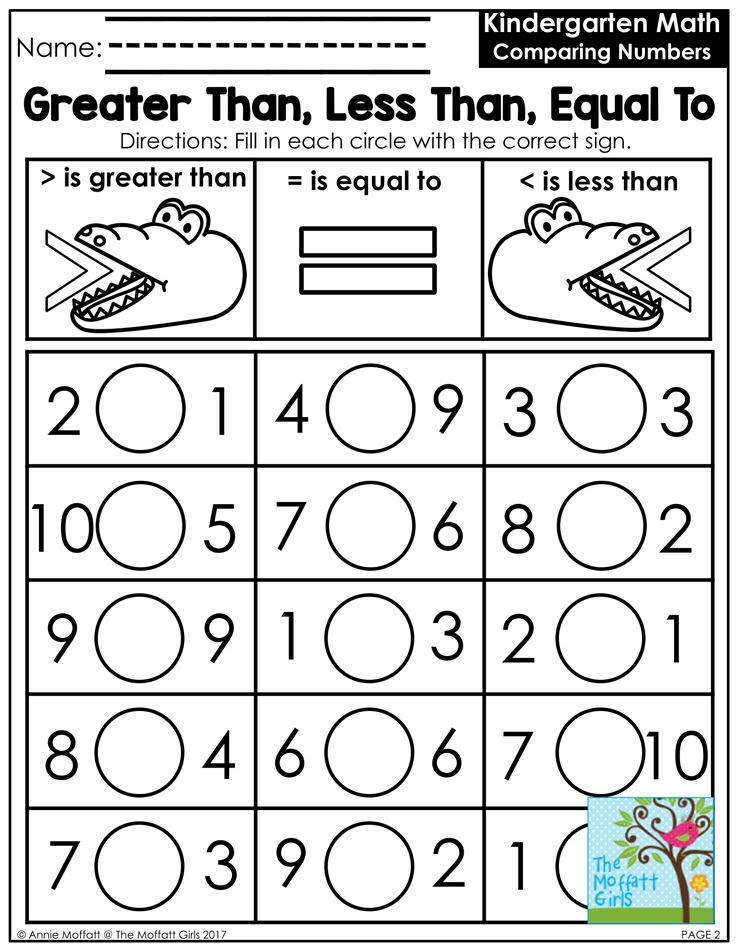
The smaller the group, the more challenging the game becomes.The objective is to move your entire group across the “river,” or playing surface (this can be as wide as you like, but 20-30 feet is standard).
To do this, players should line up beside each other, their feet touching their closest neighbors’.
In order to cross, they must move as a group without breaking this contact. If a player’s feet loses contact with any other player’s, the entire team has to return to the starting line.
8. Shipwrecked
Divide players into teams of eight to 10 students apiece, and assign a large hoop to each team.
This hoop will act as their “spaceship.” Blow a whistle to signify the beginning of play, at which time the players will begin racing with their ship toward the finish line.
Note that all team members must be touching the ship at all times during this portion of play.When you call out “Shipwrecked,” the players all must set their ship down and attempt to get within the circle.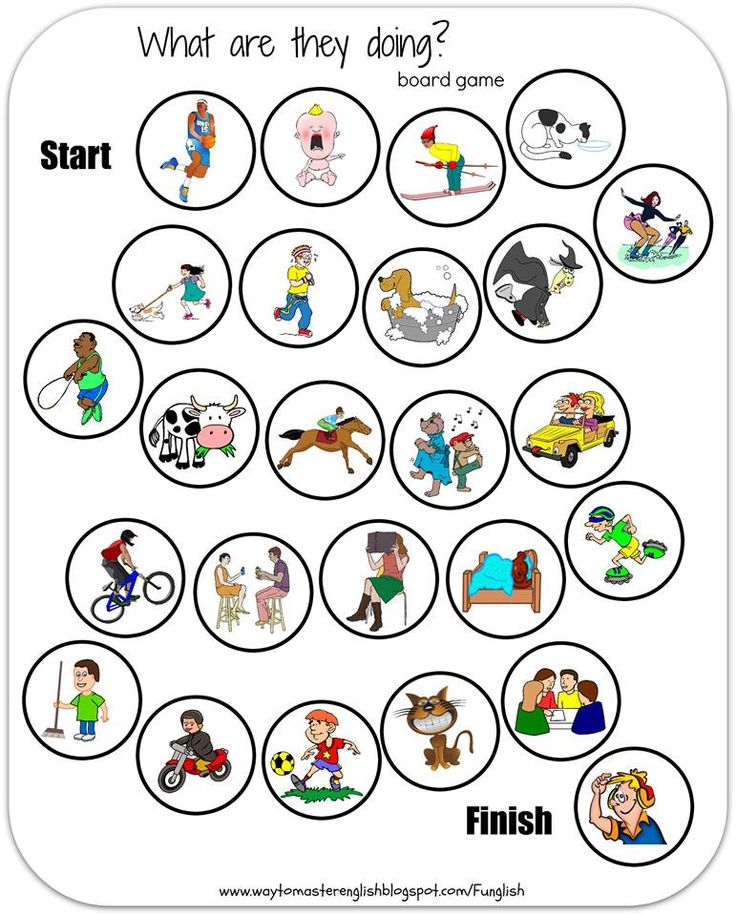
The first team to get every player on board earns one point, and the first team to cross the finish line earns two points. The team with the most points is the winner of that particular “voyage.”
9. Knots
To play this game, divide players into teams of six, and have each team form a circle.
Instruct players to hold hands with two others (they can’t hold both hands of the same player), making sure that no one’s hands are joined with their closest neighbors’.
Once this is done, blow a whistle to signal that it’s time for the “knot” to begin unraveling. All hands must remain joined until the team is standing in a circle, or in two intertwined circles.
10. Frenzy
This is a fun way for students to let out pent-up energy on a rainy day.Invite players to scatter across the playing area (the gymnasium is the preferred venue).
Next, toss out as many balls (or balloons) as there are players. The participants will then attempt to keep the balls (known here as “rabid nuggets”) in constant movement.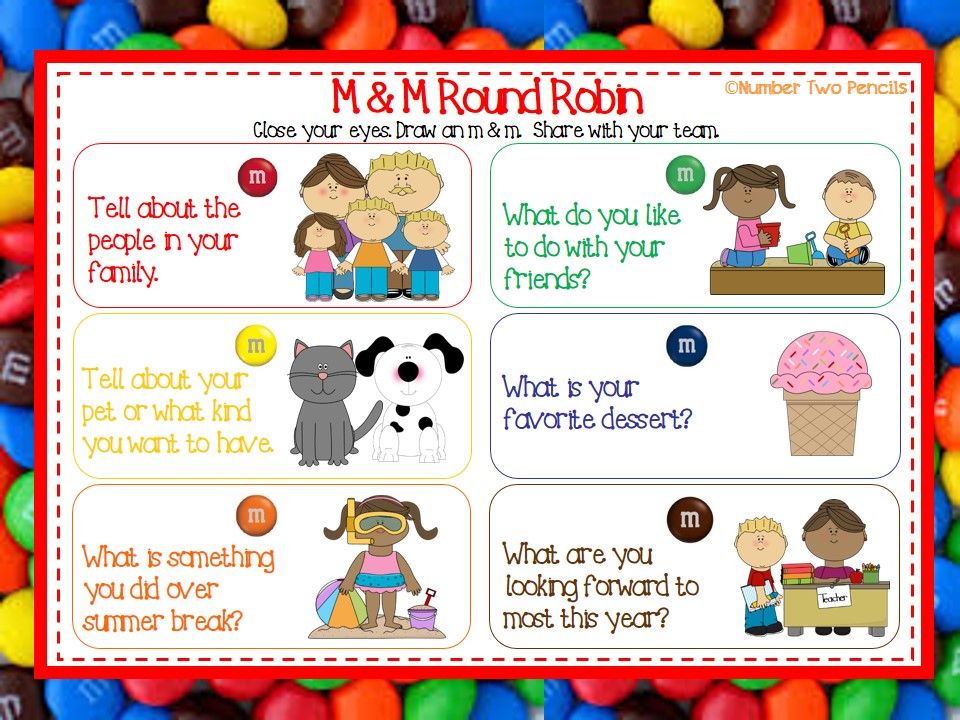
Instructors should stand at either end of the gym to keep an eye out for “hectics,” or balls that stop moving.
Once you’ve spotted one, yell out “HECTIC!” and point to the offending object. Players are then given a set period of time (say, five seconds) to get the hectic moving again.
Once five hectics have been spotted, the “frenzy” is over. Time each frenzy to see how long the players are able to make one last.
To keep things more interesting, toss another rabid nugget into the fray every 10 seconds or so.
11. Group Juggle
Even students who aren’t skilled at juggling on their own can be successful at this cooperative activity.
To begin, split the class into teams of at least 5 (try to stick with odd-numbered teams). Have all players form a circle, facing one another.
One player should then be given a ball, which he will throw to any team member who isn’t standing directly to his right or left.
The next player repeats this step, and so on and so forth, until the ball returns to the starting player.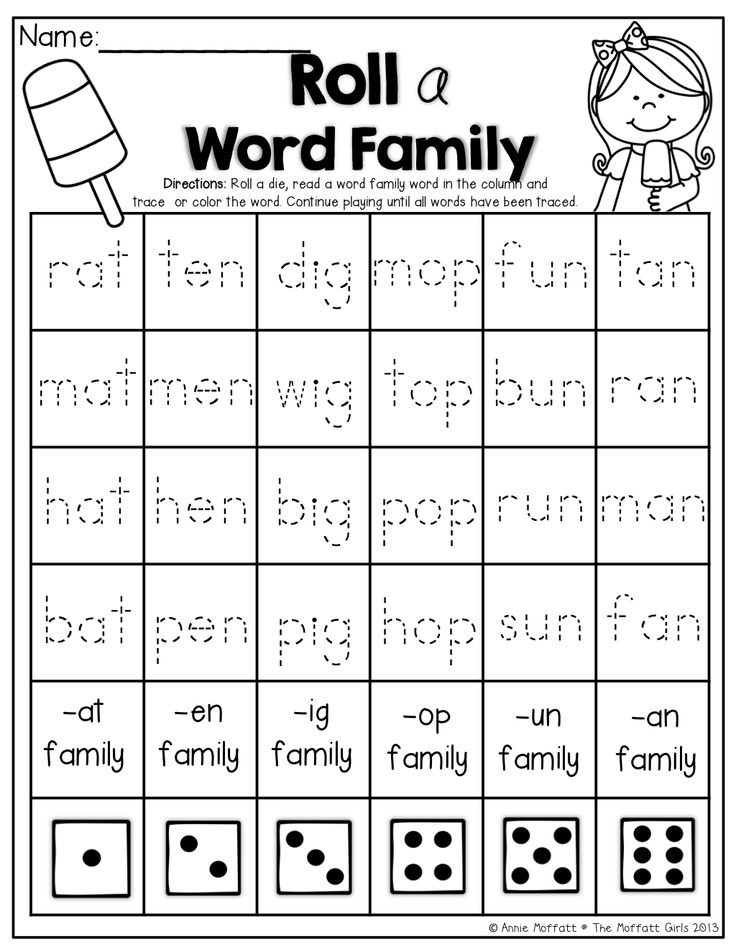
Once this happens, have the players attempt to pass the ball in the same sequence as before. Once a rhythm has been established, continue by adding more balls to the circle.
12. Birds of a Feather
In advance, make up a series of index cards printed with the names of various animals (two for each animal you choose).
Be sure that each creature has a distinctive sound that children will likely be familiar with.
To play, have each student draw a card from the pile. Turn them loose in a safe playing field, encouraging them to keep their eyes closed during play.
Have them imitate their designated animal, repeating the sounds until they locate the student who shares the same animal.
Once this happens, the pair is welcome to open their eyes. The game is over when all of the pairs have been matched up.
13. Amoeba Advance
This game requires splitting the class up into two equal teams. Once you’ve done that, invite half the team to form a circle by joining their elbows, and have the rest of the team wedge themselves inside the circle.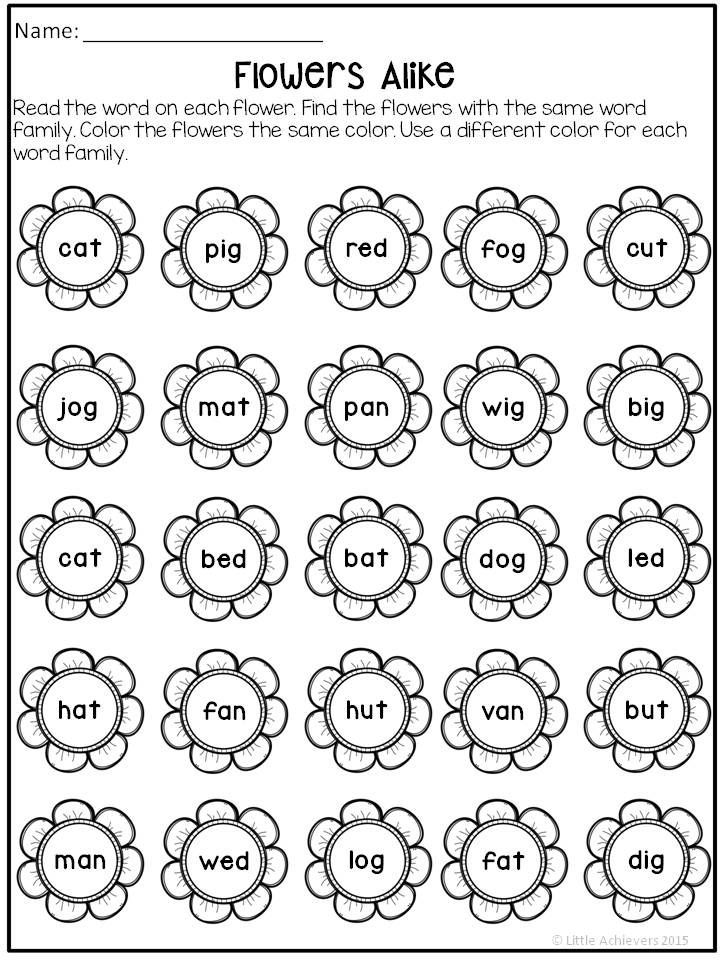
When both teams have formed their makeshift amoebas, blow a whistle to signify the start of play. The teams will then attempt to make it to the finish line without breaking up the group.
If the amoeba should dissolve during the attempt, the team must repair itself before it can move forward.
14. Magnificent Marbles
In advance, designate a large circle to serve as the giant marble ring. Place three or four partially deflated beach balls and an equal number of smaller targets (like multicolored poly spots) within the playing circle.
To begin play, have ready a supply of bean bags. Invite participants to stand outside the circle and use the bean bags to nudge the balls as close to the smaller target areas as possible.
Players are not permitted inside the playing circle; if a bean bag gets stuck inside, they may attempt to retrieve it only by throwing another bean bag in to try and knock it out.
15. Dry Marco Polo
This activity is a good one to use as an icebreaker on the first day of gym class.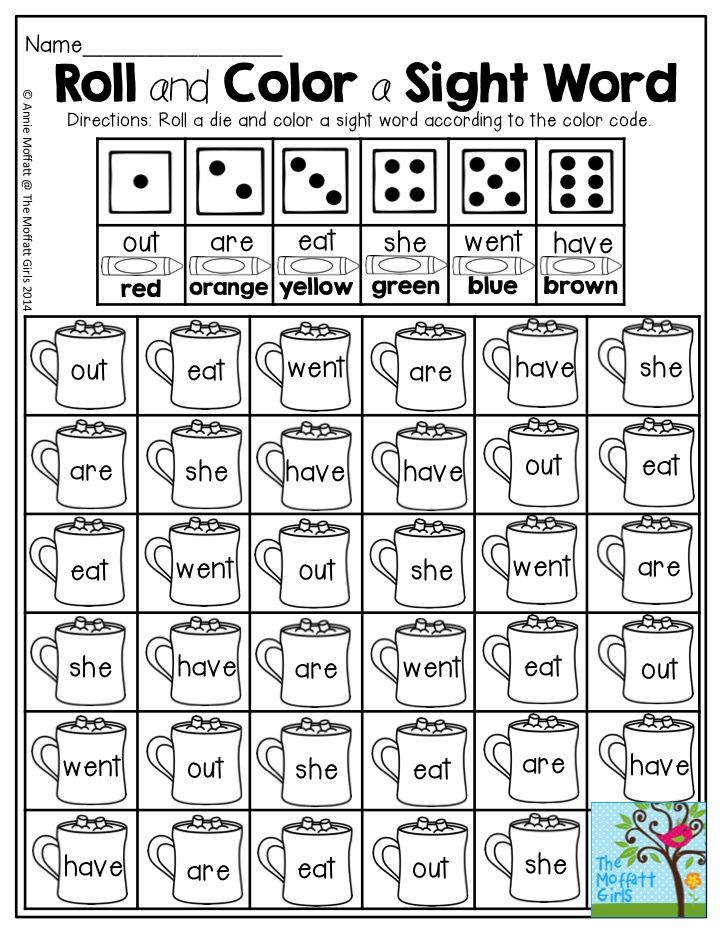 It bears a resemblance to Birds of a Feather, only students are given a larger role in the setup.Divide students into pairs.
It bears a resemblance to Birds of a Feather, only students are given a larger role in the setup.Divide students into pairs.
Each group must then choose either a compound word or a group of words that work together in some way (i.e., “suit” and “case” or “cheese” and “whiz”).
The relationship between the two words doesn’t really matter, as long as both partners agree on which ones to use. One player should be assigned one word, with their partner taking on the other.
Invite each team to share their chosen words with the rest of the class. Not only does this provide the group with a fun sharing activity, it will help to ensure that each word pairing is unique.
Next, have the students scatter to various areas within a safe playing field. Ask them to close their eyes (or use blindfolds if necessary).
Blow a whistle to signify the start of play, at which time the players should begin calling out their assigned words. Once the partners have found one another, they’re invited to open their eyes (or remove their blindfolds) and watch the rest of the group.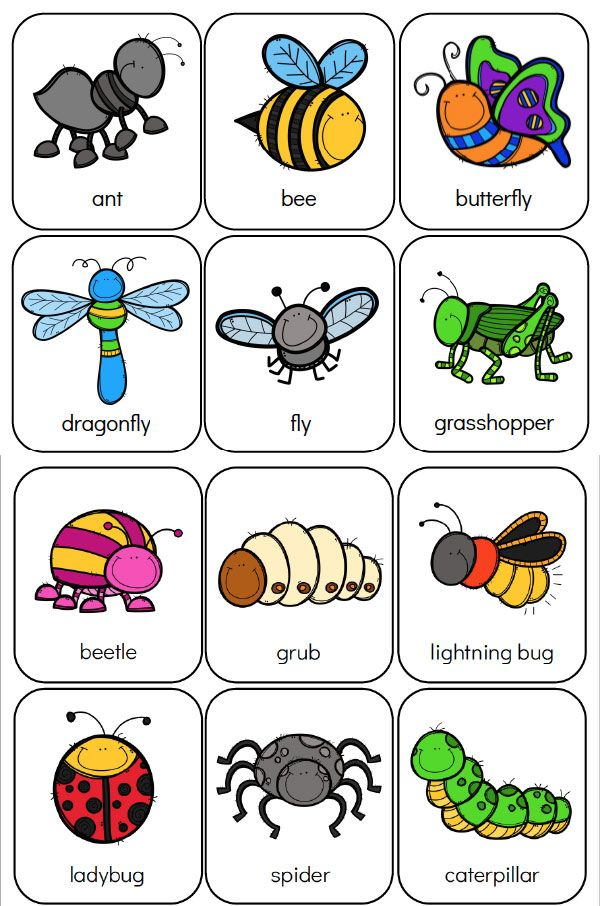
Cooperative Board Games for Kids
16. Mmm!
The object of this game, in which the players are represented by a group of mice, is to “finish” all the food in the pantry before the hungry cat breaks up the party.
There are three six-sided dice, all printed with five different types of food and one X; and a playing surface, featuring the same food images and, of course, the cat.
On a single player’s turn, he or she will roll all three dice. If all three are X’s, the cat moves one step closer to the pantry, and the player’s turn is over.
If the dice turn up any food images, the player must place at least one die on the corresponding food square located on the board.
They may then choose to re-roll the remaining dice in an attempt to “finish” the chosen food. If they are unable to do so on their subsequent roll, the player’s turn ends with the cat moving one step closer.
The player is permitted to go on rolling the dice for as long as he or she is able to place at least one die on the board.
If the cat reaches the pantry while there’s still unfinished food on the board, the game has been lost. If, however, the team manages to finish all the food, then they’ve won.
The reverse side of the playing surface offers a more challenging version of the same principle.
17. Stack Up!
As cooperative board games go, this one is as simple as it gets. During play, players take turns spinning a color-coded dial and stacking blocks of the corresponding color.
The objective is to stack twelve blocks without landing on the “Stack Smasher” when the dial is spun.
The dial also contains challenges to make the game more interesting – for example, players might have to stack while singing “Happy Birthday.”
There are three levels of difficulty, so if the game becomes too dull for young players, they’re welcome to ramp it up.
18. Race to the Treasure
Like Candy Land, Race to the Treasure requires no reading, and the rules are easy enough for toddlers to follow.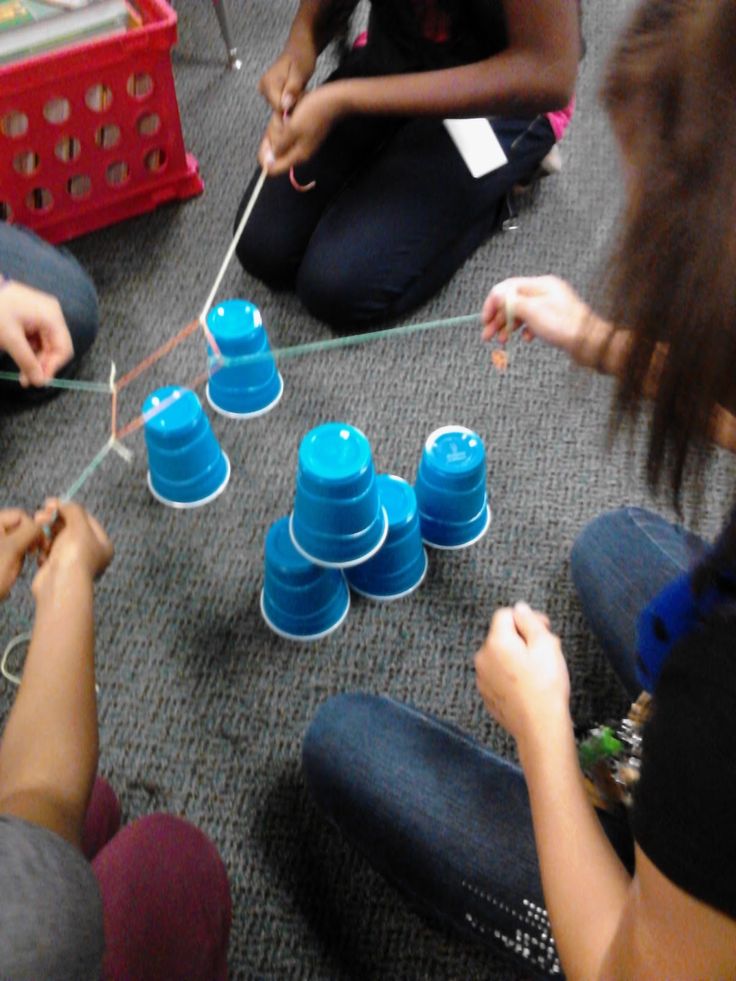
Players take turns drawing tiles from a sack, indicating either a section of a path or a picture of the dreaded Ogre who guards the treasure.
The objective is to make a path to the three keys that will unlock the treasure, before forging a path to the final goal: the treasure itself.
Meanwhile, each Ogre tile will move him closer to the prize. If he gets there first, the team loses. If they reach the treasure before the Ogre does, they win.
19. Hoot Owl Hoot!
The concept between Hoot Owl Hoot! is that it’s nighttime, and all the owls are out on the hunt.
The objective is to get them all safely back to the nest before sunrise.To begin, a token representing the sun is placed on its corresponding track, while three owls are placed on a track of their own.
Each player then receives three cards, which will be placed face up in front of them.
The deck includes 50 cards, 36 of which represent colors, and 14 of which represent the sun.
When a player receives a sun card, they must use it to move the sun token forward one space on the board, after which they discard the sun card.
If a player has all color cards on their turn, they must discard one and move one of the owls to the first available open space in the corresponding color.
If one of the owls surpasses another owl on the board, the players all make a hooting sound to cheer it on. If all of the owls have made it back to the nest before the sun completes its track, then the team wins!
To make the game more challenging, add more owls to the board at the start of play (the game includes six owls total).
20. Pandemic
The concept behind this popular game is compelling, if somewhat frightening to children under the age of eight: Your team is tasked with fighting a series of dangerous viruses that are spreading across the world.
Players must travel to different areas of the globe to offer treatment to those infected, and also to build research stations in the attempt to find cures for the various diseases.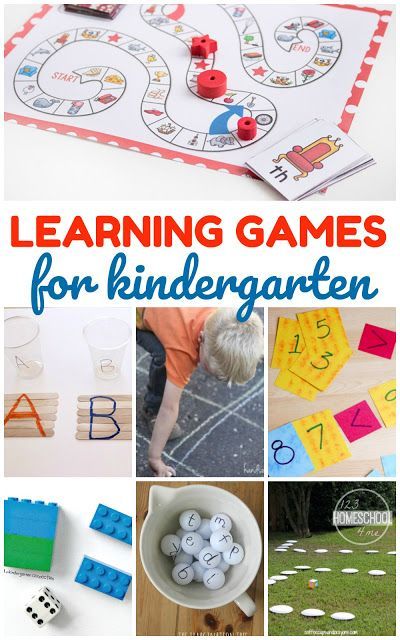
Two decks of cards (one benign, one “Epidemic!”) control the courses of the viruses, and participants must work together to coordinate a successful plan.
21. Feed the Woozle
Instead of working against a common enemy, participants in this lighthearted adventure are trying to keep the mythical “Woozle” fed so he won’t go hungry.
Players are invited to feed the Woozle the number of snacks that appears on the die during their turn.
To make play more challenging, they’re also tasked with making sure the snacks remain on the spoon during transfer (he won’t eat them otherwise, and they won’t count towards the total).
Once he’s been fed, the player takes a “yummy card” from the stack to indicate how many treats he’s gotten so far.
The next player then repeats the process, until all the snacks are gone. If the Woozle has gotten 12, then the team wins; if not, the beast remains hungry until the next round of play.
22. Ghost Fightin’ Treasure Hunters
This game is similar to Race to the Treasure!, but the setup is slightly different.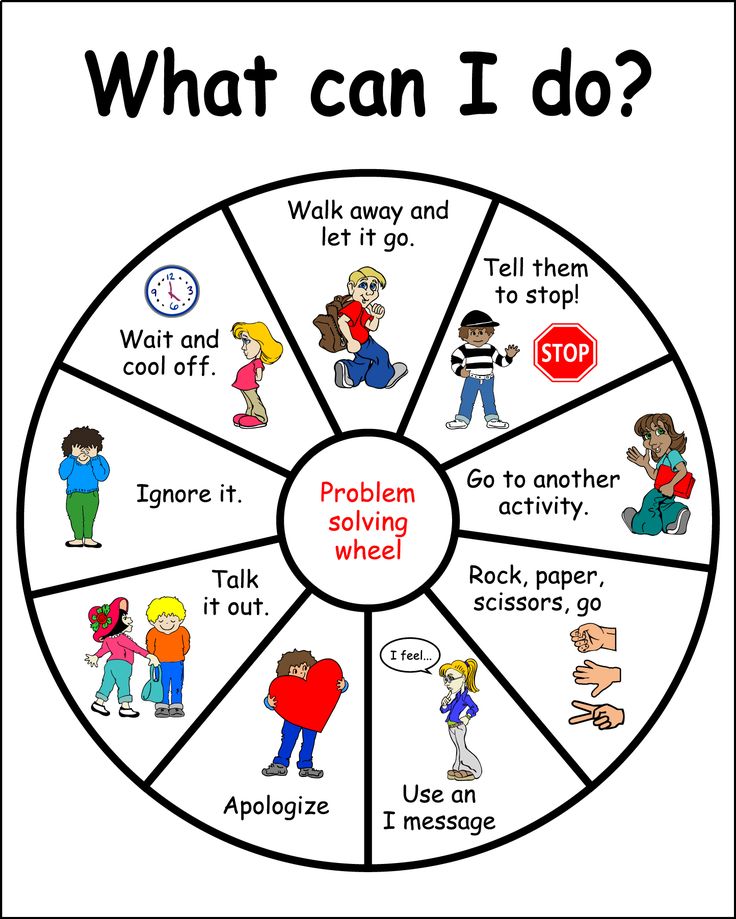
Participants join forces in an attempt to recover treasure from a haunted house before the place becomes overrun by ghouls.
Along the way, they have to evade these same ghouls through a combination of wit, teamwork, and skill.
23. Flashpoint Fire Rescue
In Flashpoint Fire Rescue, players are trying to save a city from the threat of a spreading fire. The team is outfitted with basic equipment, and tasked with rescuing a number of civilians from the burning buildings.
As the fire spreads, pathways to the victims may become blocked, making the task that much more difficult.
There are two skill levels for Flashpoint Fire Rescue: basic and advanced. When playing with very young children, you might want to tone down the intensity of the threat, even though it’s make-believe to begin with.
For example, if you fail to save the building, you can explain that a rival team managed to save the people inside instead.
24. Harvest Time
This one is geared toward very young children—even preschoolers can get in on the fun.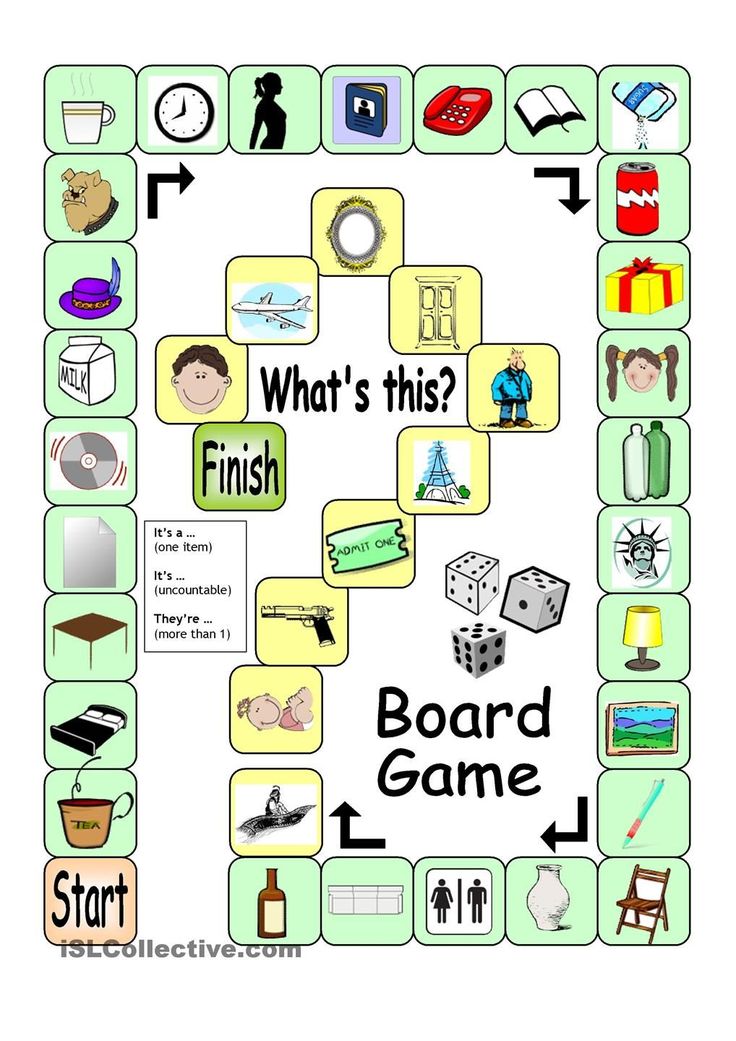
The playing surface is a basic board, depicting a farmhouse surrounded by acres of crops, along with various homegrown vegetables The object is to gather the entire harvest before winter sets in and destroys the crops.
Families who live in rural areas may appreciate this one the most, as it teaches valuable life skills that are bound to come in handy later.
25. Granny’s House
Another game aimed at the preschool set, this one inviting the tykes to set out on an adventure to Granny’s House while encountering a number of troublesome obstacles along the way.
The board is reminiscent of old favorites like Candy Land and Chutes and Ladders, with its depictions of varicolored symbols that make up the path to the titular destination.
Play is picture-based, so reading comprehension isn’t a necessary prerequisite.
26. Stone Soup
This cheerily designed game is similar to Memory in nature, as players have to locate matching cards in order to add a variety of ingredients to the soup pot.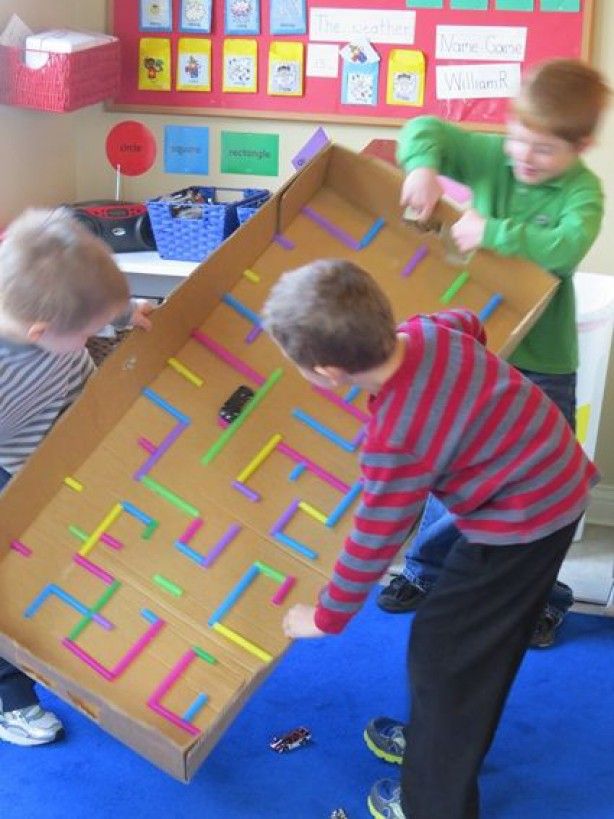
Unlike the traditional rules of Memory, however, the players aren’t trying to amass the greatest number of pairs, but to keep the soup cooking for as long as the fire keeps burning.
If the designated number of ingredients hasn’t been added by the time the fire goes out under the kettle, the game is over and the family goes hungry.
27. Mermaid Island
In this fantastical, nautical outing, players try to get the mermaids back to their home base before the evil Sea Witch can swoop in to destroy them.
Oftentimes, a single move might endanger the others, so participants must remain aware if they want to get the whole group (fleet?) home safely.
Obviously, this is an appealing option for the girls in the group, but there’s no reason why boys shouldn’t enjoy it too.
28. The Secret Door
Sleuths-in-training will want to play this game again and again, as participants attempt to locate a number of valuable objects within a deserted mansion.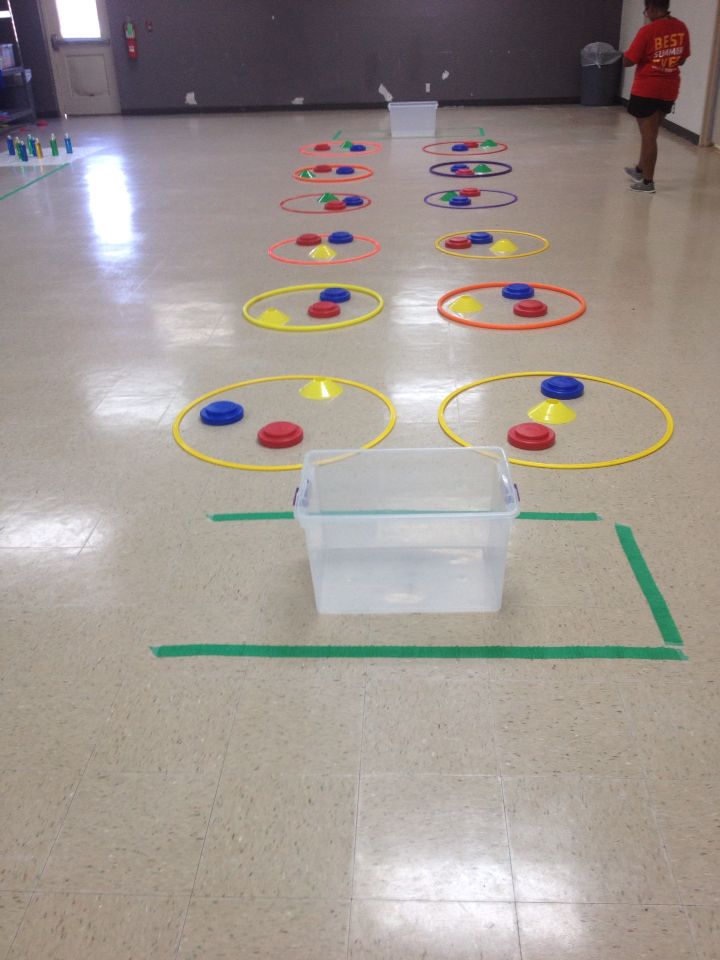
To do this, they’ll take turns flipping cards from a deck to look for two that match – but if they turn over twelve clock cards before they locate all the treasures, the game is over.
Should they find all of the hidden objects, they’re then invited to figure out which three cards were hidden from the deck at the start of play.
29. Lion In My Way
In addition to providing youngsters with a cooperative activity, Lion In My Way often inspires creative storytelling as well.
The object is to get from one end of the board to the other, all while encountering the likes of hungry lions, barren deserts, and a number of other increasingly peculiar obstacles.
A set of tool cards aids players in their efforts to defeat these roadblocks.
30. Outfoxed!
This foxy outing serves as a good forerunner to Clue, or any other detective-themed game.
The story goes that a mysterious thief has made off with Mrs. Plumpert’s pie.
Plumpert’s pie.
Players must follow clues to determine which of the sly foxes is the culprit before he can make it safely to the other side of the board.
To play, participants may choose whether to either search for clues or reveal possible suspects on their respective turns.
Should the player be unsuccessful in turning up their desired action when they roll the dice, the fox moves ahead three spaces on the board.
If they succeed in winning the opportunity to take action, they’ll either use the suspect cards to gather new information, or move their own playing piece across the board to search for clues.
As play progresses, the players will be able to narrow down the list of suspects, based on the information they’ve gathered.
If the fox token makes it all the way to the end of the board and the players haven’t named a suspect, the game is over and the detectives lose.
Likewise if the players accuse a suspect who turns out to be innocent. However, if the correct culprit is named, the detectives win.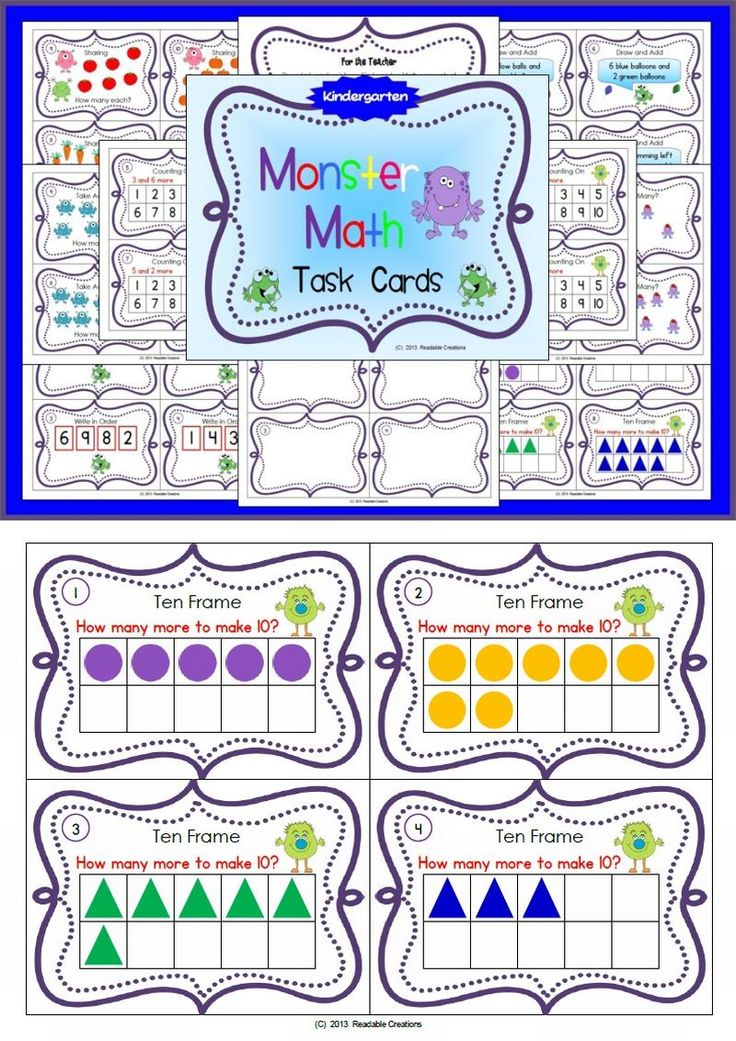
For more information on the rules of Outfoxed! and other board games like it, check out the Board Game Geek website.
Cooperative Games for the Classroom
31. Balloon Bop
Remember playing a game of catch and trying to see how many passes you could make without allowing the ball to hit the ground?
This game has a similar objective, but it utilizes a balloon (or multiple balloons) and a larger group of people.
To begin the teacher should invite children to form a loose circle by holding hands.
Continue by dropping a balloon (not helium-filled) into the middle of the circle, and ask students to count how many times they can “bop” it back into the air without breaking the circle.
To do this, the students may use any part of their body except for their feet (knees are acceptable).
The game is over when the balloon touches the floor or a student’s foot, or if any student lets go of their neighbor’s hand.
This game is better suited to children at the upper grade-school level (say, third grade and up).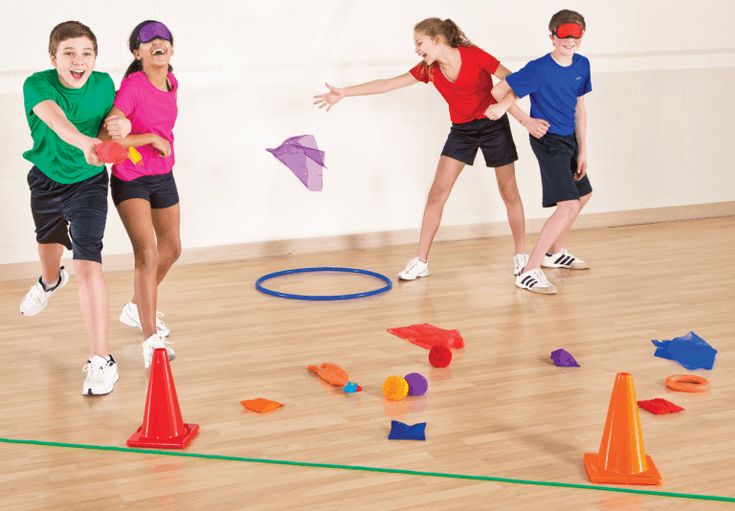 To make it more challenging, add a second or third balloon.
To make it more challenging, add a second or third balloon.
32. Zoom
This is a fun, interactive classroom game that takes the concepts of loss and victory right out of the equation.
Instead, students are seated in a circle, and each one is handed a simple photograph. The images don’t really matter, but try to keep them as basic as possible.
To play, invite one of the students to begin telling a story, based on the image that he or she is holding.
After one minute, say “freeze” and move on to the next student, who will then continue the story based on his or her own photograph, and so on.
The greatest challenges will lie with the first student, who’ll need to create a solid introduction; and the last one, who’s responsible for the conclusion.
33. Humpty Dumpty
Older grade school students are the best participants for this activity, which should only be attempted in an uncarpeted area.
To begin, divide students into groups of four or five.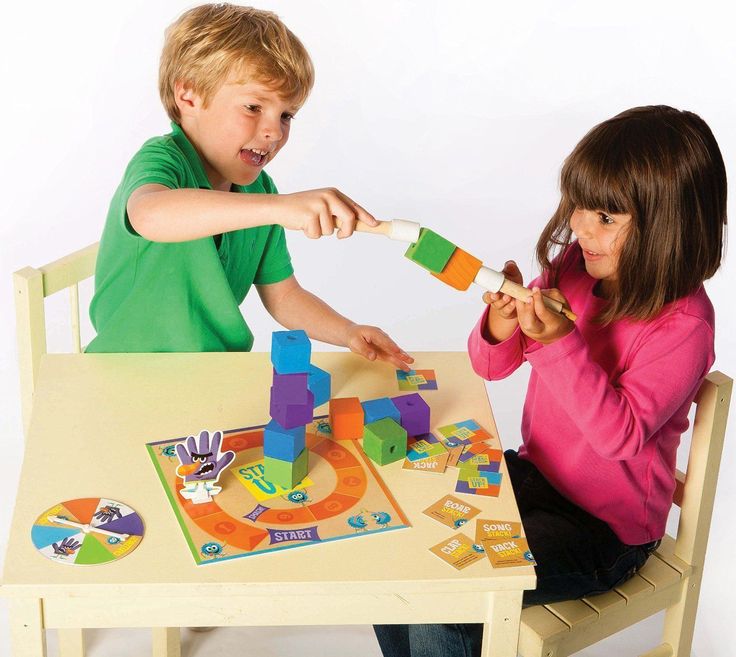 Supply each team with a raw egg, and task them with creating a situation in which the egg will not break when dropped from a certain height (say, six feet).
Supply each team with a raw egg, and task them with creating a situation in which the egg will not break when dropped from a certain height (say, six feet).
Teams are then free to make use of whatever objects in the classroom might be helpful in achieving their goal. After a set time period, ask the teams to demonstrate their work.
Earlier versions of this game supplied each team with a box of plastic straws, with which they would then build a cushioning device.
However, as single-use plastics fall further out of favor, it’s better to encourage students to work with the items they have on hand.
34. Balancing the Hula Hoop
The object of this game sounds straightforward: Teams of four or five work together to lower a hula hoop from about nose-height to the floor, using only the very tips of their fingers.
As your students will come to learn, however, it’s much more difficult than it looks.
35. Hula Hoop Hustle
If you still have those hula hoops and the students are bored with the balancing game, consolidate them into larger groups of about 10.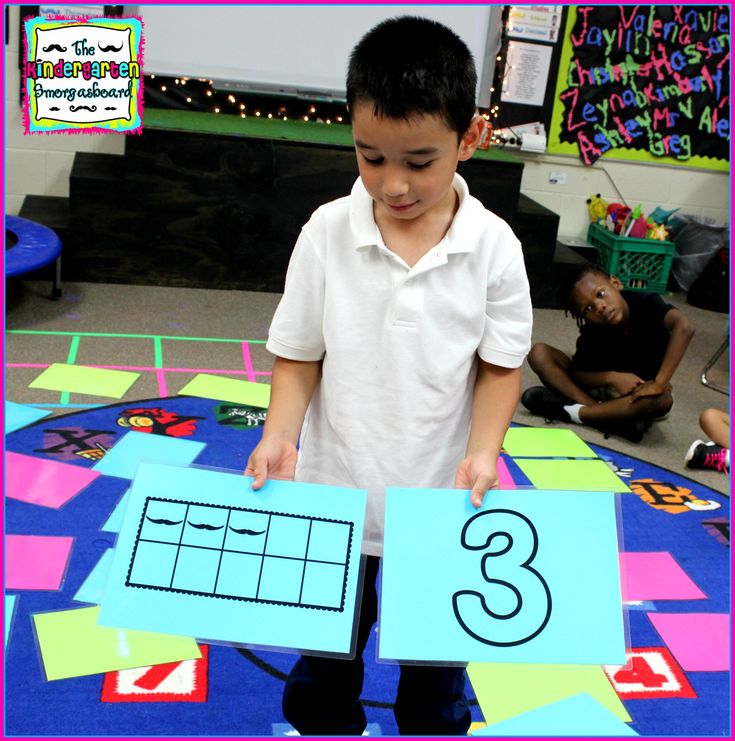
Have each team form a circle by holding hands, with a single hula hoop in between two of them. Challenge them to move the hula hoop in a complete revolution without breaking the circle.
They may do this by maneuvering the hoop over their heads, under their feet, or by whatever means they can come up with, as long as they don’t let go of one another’s hands.
36. Eye Contact
Eye Contact provides an excellent way to foster nonverbal communication skills.To play, choose 10 students for the first round (the others can watch in the meantime).
Choose a single student to act as “Player One,” and designate a “Go” signal (such as winking or making an “O” shape with your mouth).
Player One should then attempt to make eye contact with another participant.
When they’ve succeeded, they should give the “go” signal, at which time the second player takes Player One’s place in the circle to repeat the same process with another participant.
No verbal communication or hand signals are allowed during play.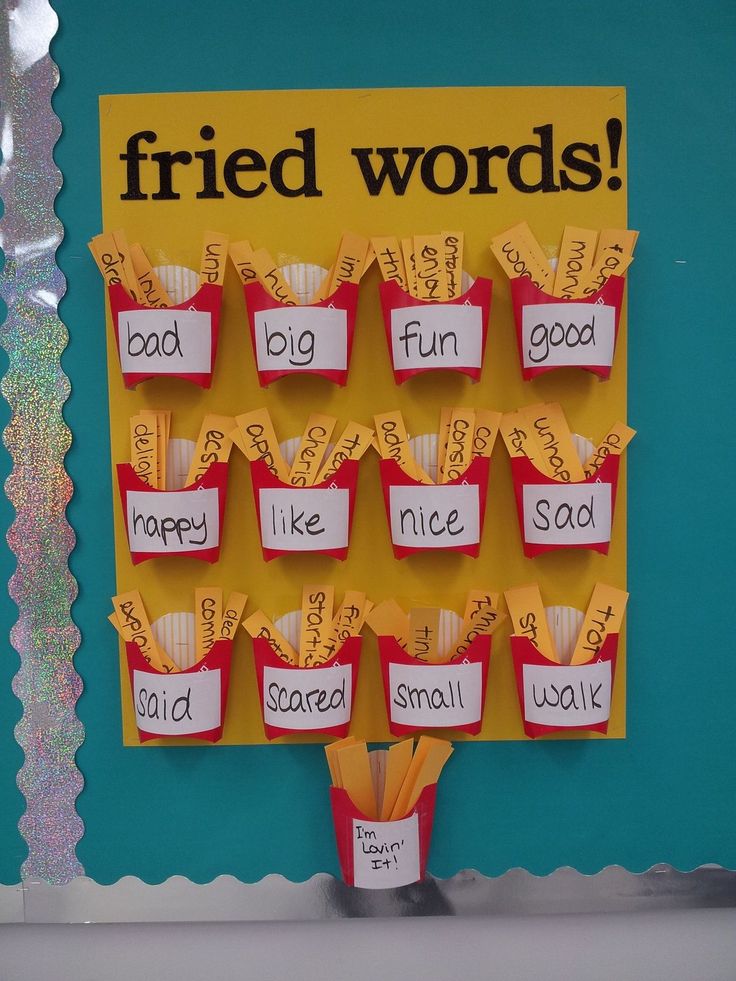 If a player breaks this rule, he or she is disqualified, and their place is taken by one of the observers.
If a player breaks this rule, he or she is disqualified, and their place is taken by one of the observers.
Once everyone in the round has made eye contact and give up their place in the circle, switch teams until all the observers have had a chance to play as well.
Cooperative Card Games
37. Spaceteam
In this game (recommended for older children, ages 10 and up), players are tasked with repairing a damaged spacecraft while dodging asteroids and wormholes along the way.
To ramp up the challenge, they also must reveal six “System-Go” cards inside the time limit, or all of their work has been for nothing.
38. Hanabi
Hanabi can be played with as few as two participants, but it gets more interesting when more players are added (up to five).
The unique concept invites participants to orchestrate a fireworks show, utilizing a series of numbered cards. If the display is finished before the pile of cards runs out, the team wins.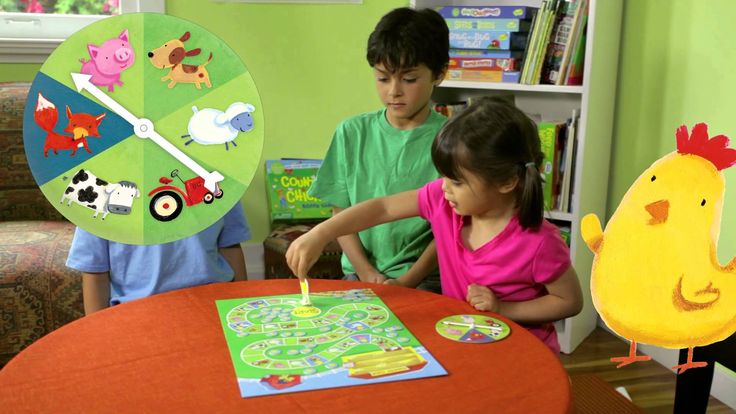
Play is fairly fast-paced—a single game can be played in about half an hour – and is suitable for ages eight and up.
The playing kit also includes a “rainbow” set of cards to make things more challenging, once your team has mastered the basic game.
39. Shamus
This is a two-player cooperative card game, and one of the few to utilize a standard deck of playing cards.
A cross between Uno and Rummy, the rules are not difficult to follow, but they are somewhat lengthy to explain – a complete breakdown can be found here.
Essentially, both players (one following the rules of Rummy, the other playing a solo game of Uno) must achieve the goals of their respective games before the “Circle of Shamus” (a ring consisting of 10 cards) has been depleted.
It’s addictive, and a good choice for families with smaller households.
40. 5-Minute Marvel
For superhero fans, this game is a must-try. Each player assumes the role of a different superhero as a five-minute timer is set.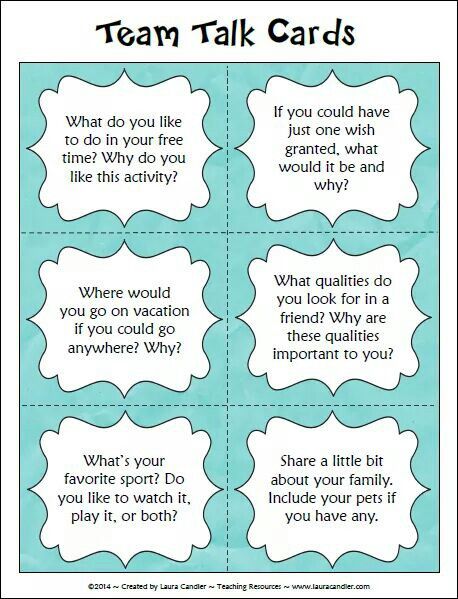
During play, the cards keep turning up new threats in the form of increasingly powerful bad guys. The objective is to work together to defeat all the villains before the time is up.
41. Cahoots
This cooperative card game is like a fancier take on Go Fish, except the players are working together (“in cahoots”).
In order to win the round, the team has to match all of their cards by either color or number before the time clock runs out. Play is fast-paced and easy to follow, even for younger participants.
42. 15 Seconds
This game requires to have a timer on hand and just think of as many interesting questions as you can.
Divide the group into two groups, and have the leader ask them a question.
After he asks the timer starts so the teams have 15 seconds to try and get the question right.
This is a great game to help build cooperation between kids.
There you have it, 42 fun cooperative games for kids.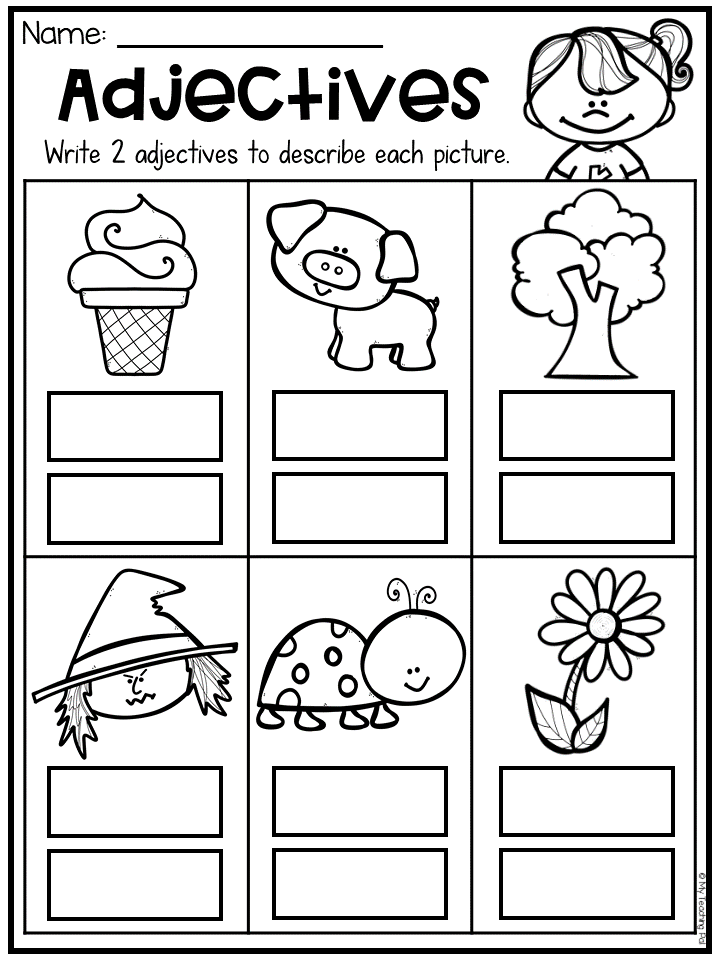 Make sure you check out our competition games as well as our kids team names.
Make sure you check out our competition games as well as our kids team names.
40 Cooperative Games For Kids
Cooperative games are a wonderful way to build a wide variety of transferable learning skills including communicating clearly, problem-solving, overcoming challenges, time management, decision-making, following instructions, and thinking on your feet. While they may require more coordination and group cohesion than competitive games, the added effort is sure to be worth it.
This collection of 40 fun and exciting team-building activities, board games, and physical activity ideas focus on promoting empathy while ensuring children have a great time!
1. Lego Copycat GameIn this simple game, kids are divided into groups of builders and messengers. The messengers can see what the first group of builders is creating and has to communicate it to the other group to see if they can copy it by listening to the directions.
Learn more: Frugal Fun for Boys
2.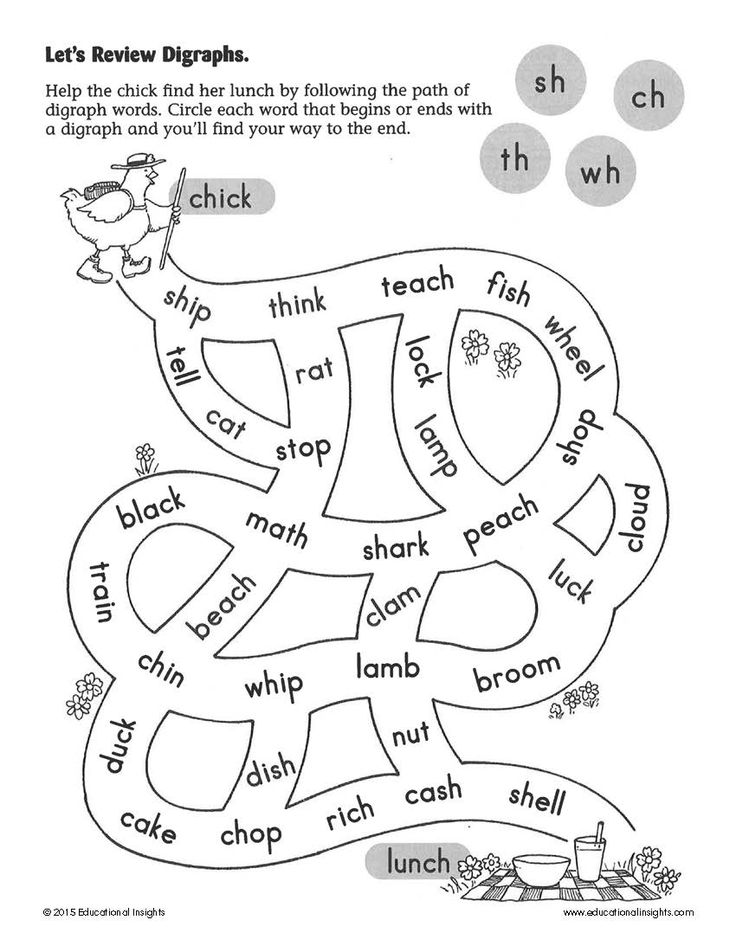 Fun Game of Spud
Fun Game of SpudSpud is a fantastic game for practicing throwing skills and improving balance while also building spatial awareness. All you need is one playground ball and you’re ready to go!
Learn more: Playworks
3. Family Favorite Spy Alley Board GameIn this cooperative board game, players work in teams as spies and have to figure out their opponent’s secret identities through careful reasoning, uncovering clues, and deciphering code books.
Learn more: Board Games
4. Beloved Game for KidsThe classic party game of flashlight tag is best played in the dark. Kids are sure to love tagging their friends and shining their flashlight beams before calling out their names. Like all variations of tag, this one builds emotional resiliency and social skills as well as self-regulation and effective communication.
Learn more: Petoskey Provisions, Gifts, & Wisdom
5. Caterpillar TagIn this simple cooperative game, the chaser tries to tag the last person in the caterpillar line.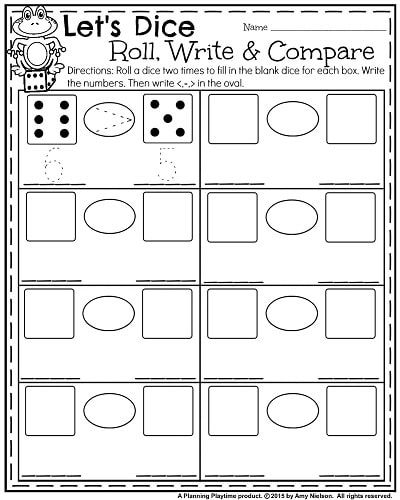 The caterpillar will try to stay in the way of the chaser, protecting the last person in the line. This is a fantastic game for developing gross motor skills such as agility and balance.
The caterpillar will try to stay in the way of the chaser, protecting the last person in the line. This is a fantastic game for developing gross motor skills such as agility and balance.
Learn more: Fit Kids, Healthy Kids
6. Island Cooperative GameThis team game puts players’ communication skills to the test as they work together to survive on an imaginary deserted island. Apart from problem-solving and critical thinking skills, it’s an easy way to develop creativity and cooperation. You get to decide what kind of resources the island will have and can make this game as easy or challenging as you like!
Learn more: Mrs. Fintelman Teaches
7. Popular Board Game: PandemicWhether they are scientists, dispatchers, or researchers, players must work together to save the world from a deadly pandemic. This is a wonderful game for developing reading skills while devising survival strategies and basic math skills to understand the various charts and tables of data.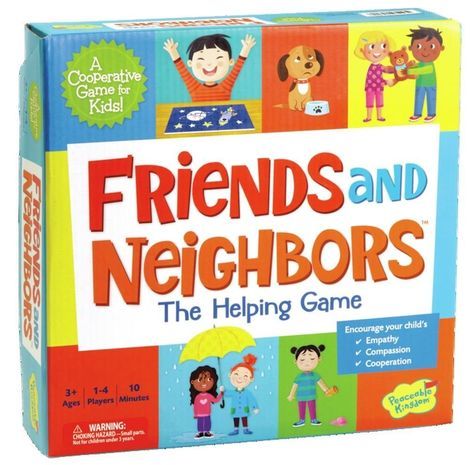
Learn more: Z-Man Games
8. Play a Game with Hula HoopsIn this fun game for kids, teams are tasked with constructing a hut with a limited number of hula hoops, before finding a way for their entire team to pass through the hut, one at a time. Why not throw in an additional hoop or challenge players to move backward for added fun?
Learn more: Lead by Adventure
9. Social Word GameMaster Word makes a great cooperative family board game for fostering engaging discussions among fellow players. The game time and vocabulary used can be increased or decreased depending on the age of the children playing. It’s an excellent game for increasing inference skills and developing word recognition and reading fluency.
Learn more: Coopgestalt
10. Team Build With Tennis BallsThis team-building game encourages creative thinking and physical activity as it challenges players to pass a tennis ball between a group as quickly as possible.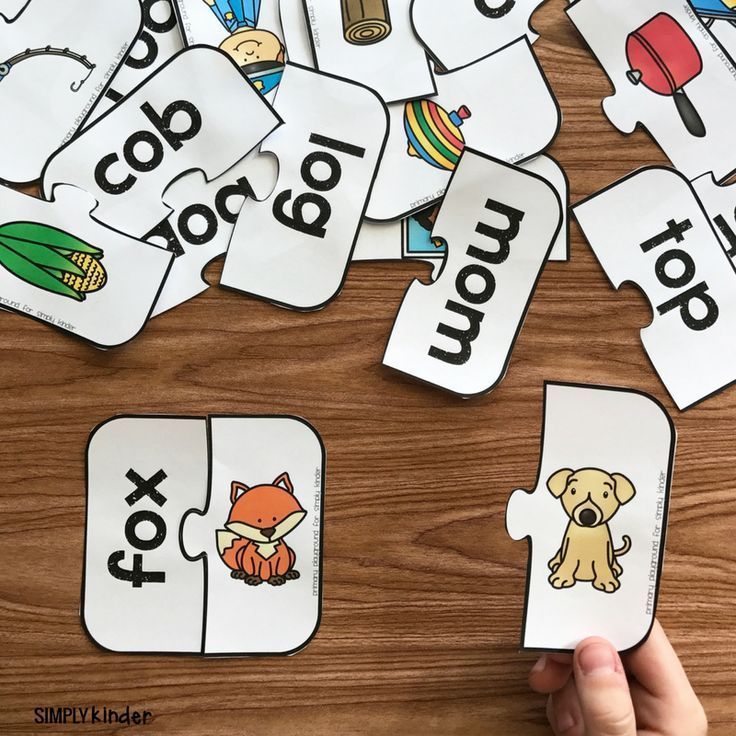 Players are sure to enjoy finding clever shortcuts to increase their speed!
Players are sure to enjoy finding clever shortcuts to increase their speed!
Learn more: World of Work
11. Duck, Duck GooseDuck, Duck Goose has been a classic kid’s game for decades and with good reason: It requires no equipment and helps develop balancing and spatial awareness skills while making for plenty of laughs and excitement!
Learn more: Kid Spot
12. Red RoverRed Rover is a classic team game, requiring no equipment. One team decides who they want to call over from the other team and the chosen player has to run and attempt to break through the row of students holding hands. Whether or not they succeed, everyone is sure to have a great time!
Learn more: The Genius of Play
13. Escape Pod GameWhy not transform your home into an escape room fit for an Alice in Wonderland adventure? This kit includes riddle sheets, suspect cards, challenging clues, and even background music to create a truly immersive experience.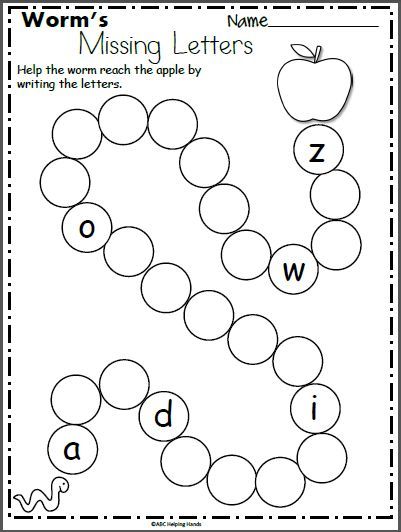 Escape games are a great way to develop productivity, improve memory and strengthen emotional bonds.
Escape games are a great way to develop productivity, improve memory and strengthen emotional bonds.
Learn more: Escape Kit
14. Beloved Board GameCastle Panic is a fantastic cooperative game where players must band together to achieve a series of goals in order to protect their caste against threatening monsters. The catch is that players can only succeed by contributing to the welfare of their team.
Learn more: Board Game Geek
15. Storybook DrawingIn this simple arts and crafts-based activity, one student begins drawing a picture of an object of their choice and the others have to add to it, taking turns until they’ve told a complete story. This is a fantastic game for teaching the elements of narrating such as plot, setting, and characterization, and at the same time, encouraging creative self-expression.
Learn more: The Inspired Treehouse
16. Cooperative Obstacle CourseIn this physically-demanding game, players have to cooperate to make it through an obstacle course. You could try adding trampolines, bikes, tunnels, balancing challenges, and slides, or just use what you have around the house or classroom such as tables and chairs.
You could try adding trampolines, bikes, tunnels, balancing challenges, and slides, or just use what you have around the house or classroom such as tables and chairs.
Learn more: What Can We Do With Paper and Glue
17. Cooperative Board GamePlayers have to work together to get Max, the bobcat home safely before he is caught by other animals. This game is simple enough to be played by primary students and can be a starting point for a discussion about food chains and animal habitats.
Learn more: Family Past Times
18. Race to the Treasure Board GameWho will get to the treasure first- you or the ogre? Players have to use cunning thinking and ingenuity to quickly build a path toward their pot of golden treasure. This award-winning game encourages players to strategize and develop their social skills to win!
Learn more: Mastermind Toys
19. 15 SecondsAll you need for this classic team-building game are some interesting questions and a timer.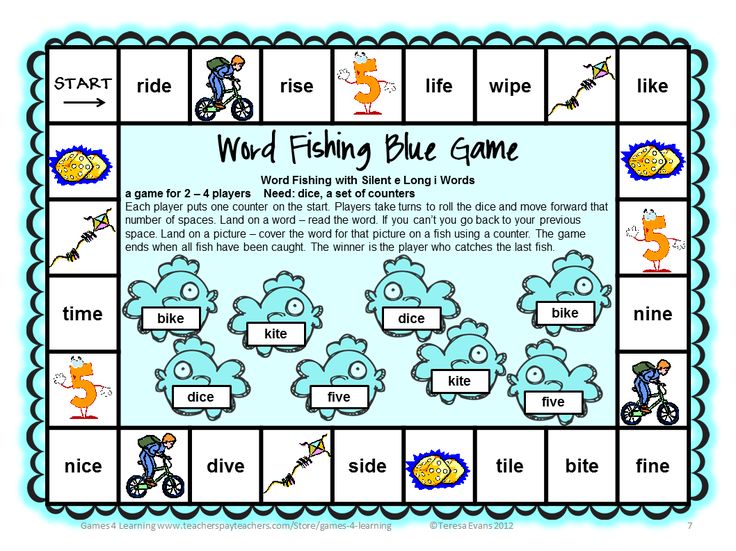 Everyone has fifteen seconds to answer a question about a subject of the leader’s choice, such as their favorite films, foods, or hobbies. While simple, this is a great game for quickly building rapport between players and creating a more cooperative learning environment.
Everyone has fifteen seconds to answer a question about a subject of the leader’s choice, such as their favorite films, foods, or hobbies. While simple, this is a great game for quickly building rapport between players and creating a more cooperative learning environment.
Learn more: Fun Attic
20. CodenamesCodenames is a classic word game that challenges players to reveal all the top secret agents without hurting any bystanders or alerting the undercover assassin. It’s a twist on charades that requires more concentration and strategic focus.
Learn more: Ultra Board Games
21. Build a Tower of CardsStudents are sure to enjoy building a tower of cards by sharing ideas and working together towards a shared goal. This STEM-based activity can easily be incorporated into a math or science lesson as students discuss the elements of engineering and architecture.
Learn more: Education World
22. Balloon BopIn this fun, active game, players stand in a circle and hold hands.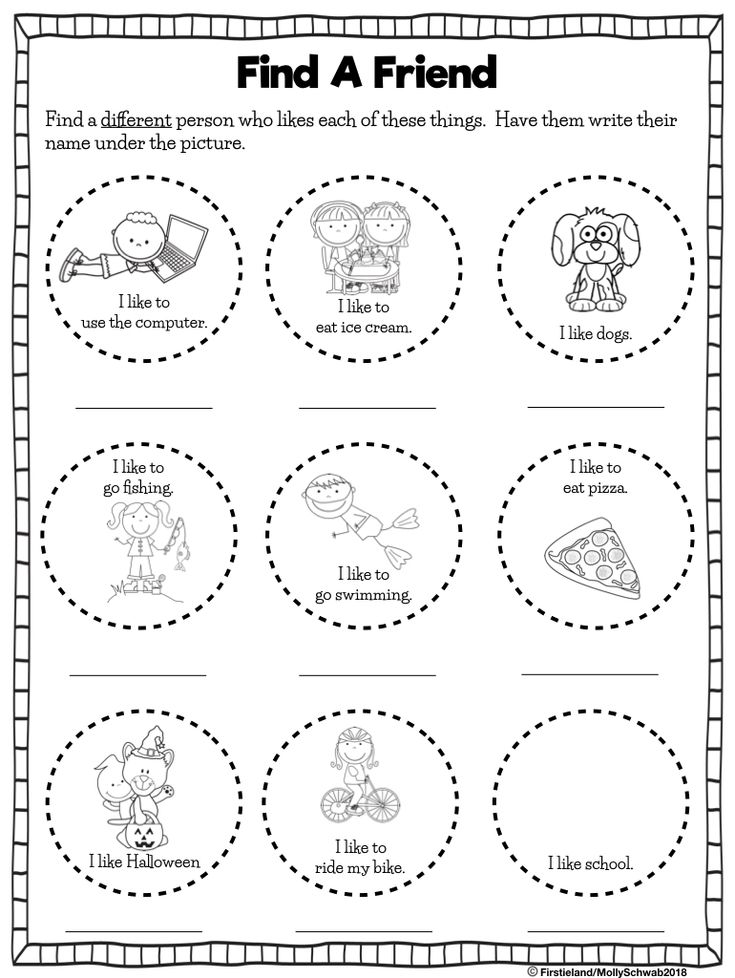 They are challenged to see how many times they can tap the balloon into the air while continuing to hold hands. While simple, it is sure to captivate players and encourage cooperative play!
They are challenged to see how many times they can tap the balloon into the air while continuing to hold hands. While simple, it is sure to captivate players and encourage cooperative play!
Learn more: Responsive Classroom
23. BandidoA bandit is trying to escape through underground tunnels. Will your team be able to band together to stop him? The rules are intuitive enough to be understood by younger players, making it a great way to build observation and strategy skills.
Learn more: Walmart
24. Harry Potter Hogwarts Battle: A Cooperative Deck-Building GameFour students (Harry, Ron, Hermione, and Neville) have to save Hogwarts from the forces of evil. Fighting villains, gaining health points, and joining forces are the only ways to beat the masters of the Dark Arts at their own game.
Learn more: Best Buy
25. MysteriumA group of psychic mediums has to solve the crime by banding together.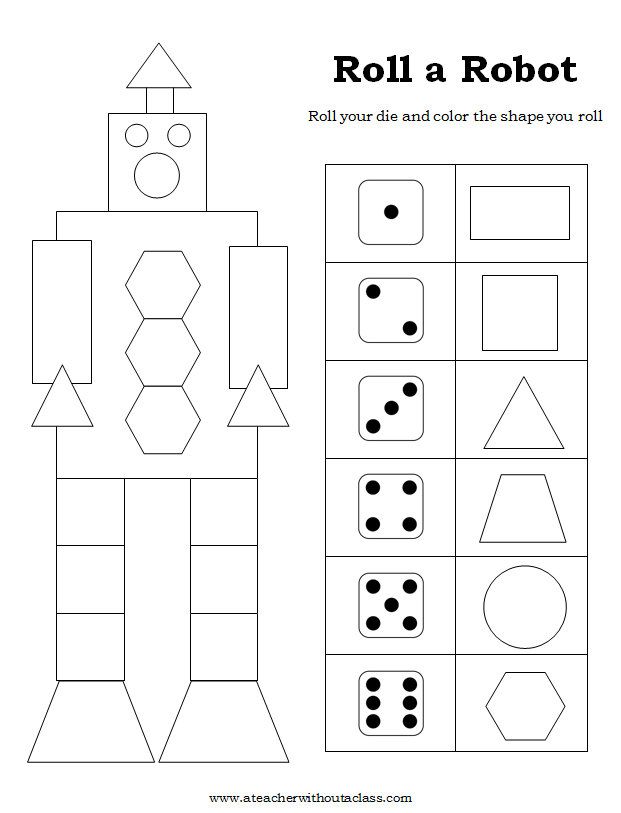 They have to communicate with a ghost to determine all the details of the murder including the weapon, the location, and the motive. Will they succeed? Only time and a little mysterious intrigue will tell.
They have to communicate with a ghost to determine all the details of the murder including the weapon, the location, and the motive. Will they succeed? Only time and a little mysterious intrigue will tell.
Learn more: Ultra Board Games
26. Smaug’s JewelsSmaug’s Jewel is a classic P.E. game that can be played indoors or outdoors and helps develop group communication and strategic thinking skills. One player is designated as Smaug and has to protect the jewels, which could be a ball or pylon, while the other students try and steal the treasure without getting tagged.
Learn more: The Physical Educator
27. IcebergsThe object of this classic P.E. game is to get onto the iceberg with the correct number of team members. Students will practice organization and group cooperation skills all while getting a challenging workout.
Learn more: Active Superstars
28. Toxic Waste Dump P.E. GameThe object of this game is to get everyone from one side of town to the other without touching the toxic waste.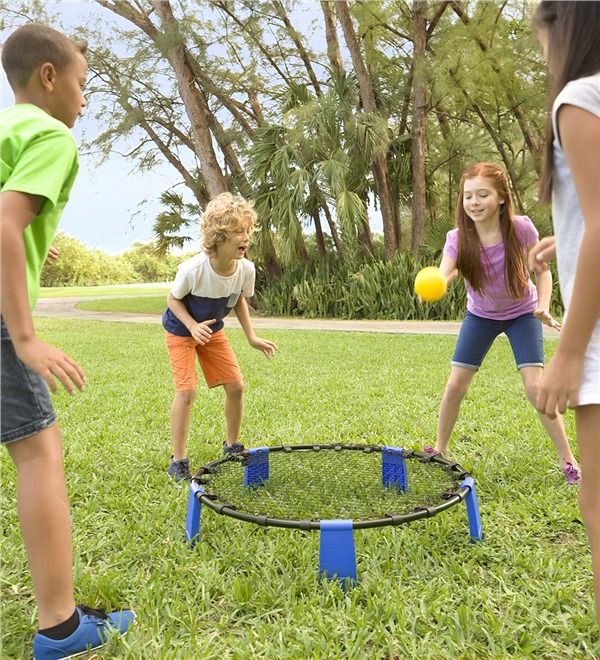 It’s a fun game of strategy, hand-eye coordination, and agility.
It’s a fun game of strategy, hand-eye coordination, and agility.
Learn more: Playworks
29. Caterpillar RiotThe goal of the Caterpillar Riot is to collect as many objects as possible by moving the caterpillar forward with a hula hoop. It’s a deceptively simple-looking game that requires a great deal of collective strategizing.
Learn more: Stef’s Phys. Ed Games Binder
30. Race to the GalaxyThis space-themed game involves hula hoops, placemats, and a galactic storyline that is sure to get players excited! The interstellar planet is almost out of resources (beanbags) and students need to use hovercrafts (hula hoops) to move around collecting fuel.
Learn more: S&S Blog
31. Hoot Hoot Owl Board GameCan young players join forces to get all the owls safely back to the nest before sunrise? Only time and group ingenuity will tell. Kids will learn how to follow directions and take turns while building their self-esteem and creating a sense of community.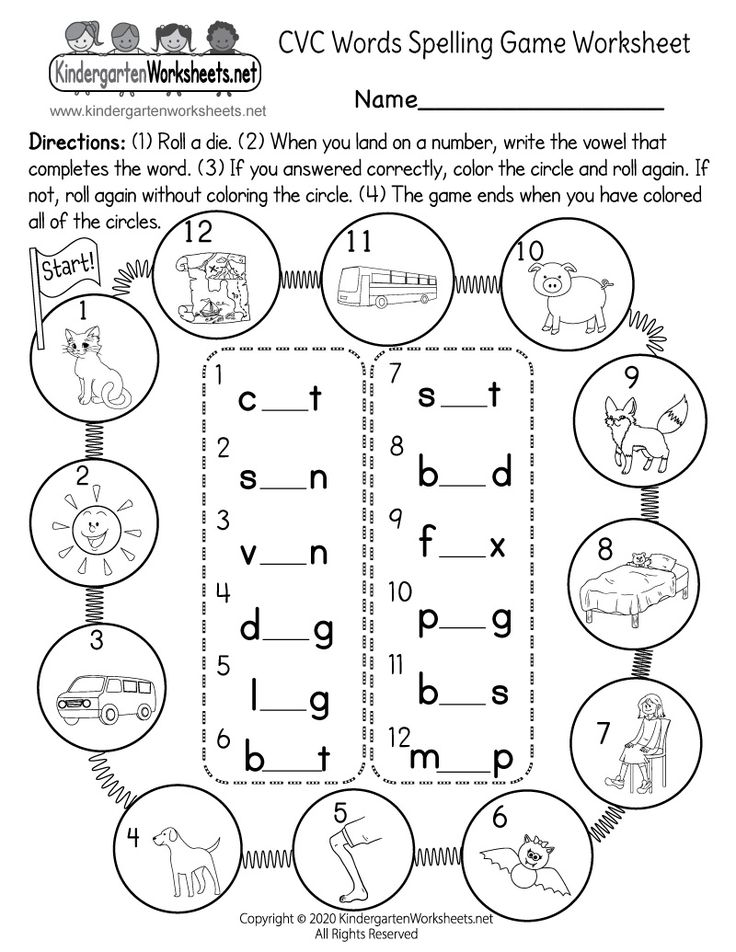
Learn more: Board Game Geek
32. Tell Me a Story CardsThis imaginative storytelling game consists of animals who can sing and dance and allows for an infinite number of creative new stories to be told each time. Why not have them write the story down or read it aloud for added practice?
Learn more: Eeboo
33. HanabiIn this inventive game, players have to work together to put on a spectacular fireworks show. They are sure to love launching the rockets in their final ensemble performance!
Learn more: Games.ca
34. Wheelbarrow RaceWheelbarrow race is a classic game that encourages kids to work together to get to a designated finish line. Having a common goal helps develop empathy and makes the game a lot more fun!
Learn more: Party Games 4 Kids
35. Human Knot GameThe Human Knot is a popular cooperative game that has been around for a long time.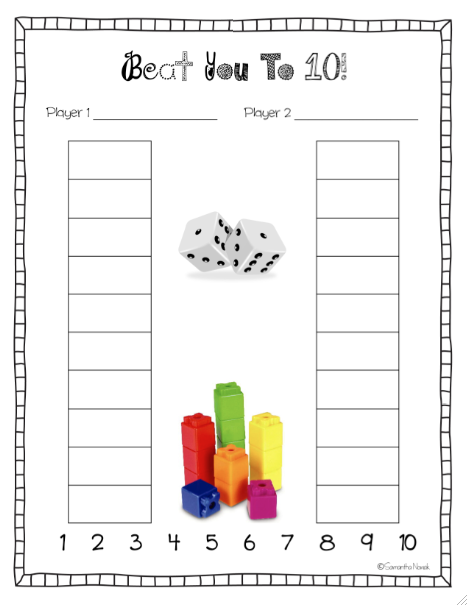 Team members have to untangle themselves from a knot of hands without breaking their grip. It makes for a tricky challenge no matter how many times you play!
Team members have to untangle themselves from a knot of hands without breaking their grip. It makes for a tricky challenge no matter how many times you play!
Learn more: Team Building
36. Water Balloon PassThe objective of this fun, outdoor game is to catch the water balloon before it hits the ground. Participants continue to move further and further apart until someone finally drops the balloon!
Learn more: Fit Kids Healthy Kids
37. Pass the FrogThis easy-to-organize game has many variations, but the basic premise is that students must work together to get a frog around the circle as quickly as possible using different body parts such as hands, elbows, or knees.
Learn more: The PE Specialist
38. Feed the WoozleKids are sure to love feeding silly snacks to this ferocious monster. This is an excellent game for building fine motor skills, dexterity, and body awareness as well as developing verbal communication, counting, and basic numeracy skills.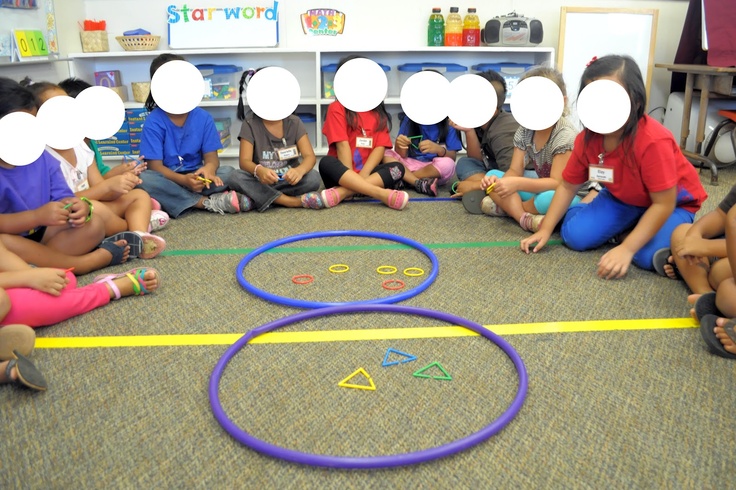 Building self-esteem and a growth mindset couldn’t be easier!
Building self-esteem and a growth mindset couldn’t be easier!
Learn more: Amazon
39. Llamas UnleashedThis barnyard-themed game features llamas, goats, rams, and alpacas who are running wild and need to be collected and brought back to the farm!
Learn more: Unstable Games
40. Fingertip Hula Hoop GameIn this creative team-building game, students have to stand together in a circle with their arms raised above their heads and lower the hula hoop to the ground using nothing but their fingers without dropping it.
Learn more: Meraki Lane
Related posts:
What are cooperative games and how they develop your child's brain
Board games are a great way to have fun with the whole family. And this is not just entertainment: such games train the reaction of the child, help him make decisions quickly and make his brain work. Among all board games, cooperative ones stand out - those in which participants do not compete with each other, but play against the game itself.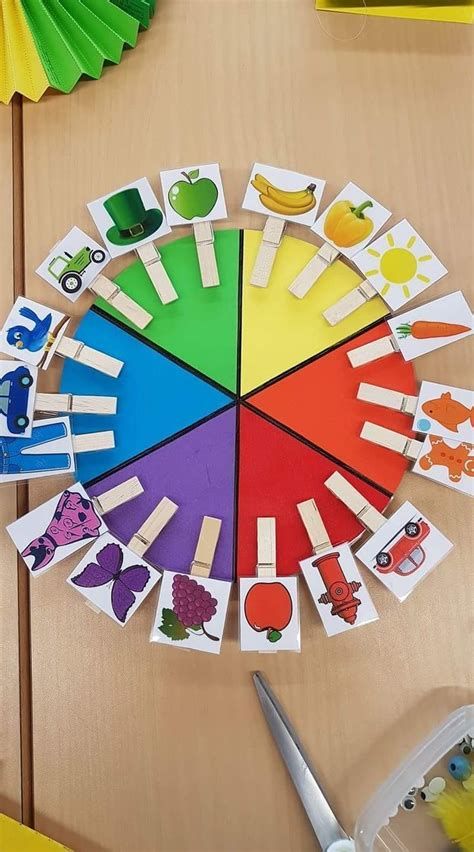 Together with the Prostoye Rules publishing house, we have compiled a selection of cooperative games that your child will be delighted with. nine0003
Together with the Prostoye Rules publishing house, we have compiled a selection of cooperative games that your child will be delighted with. nine0003
Daria Ermakova, director of the design studio of board games "Simple Rules"
Cooperative games teach to communicate and negotiate. With peers and older children, even with parents. Children begin to think broader, going beyond personal interests. So small and independent, they are aware of the need for communication. And most importantly, team leisure is gaining popularity: sports, board games, games. After all, with their help, one can approach the solution of the eternal problem: should children succumb or let them get used to defeat? nine0003
If you want to teach them to listen to more experienced people, remember that there is a much wiser way - to try to solve the problem together. It's also just great when you can ask a team player for help.
Karkusha: Little Garden Board Game (3+)
A simple and cute game from the German company HABA for the little ones, in which the players collect fruits from trees.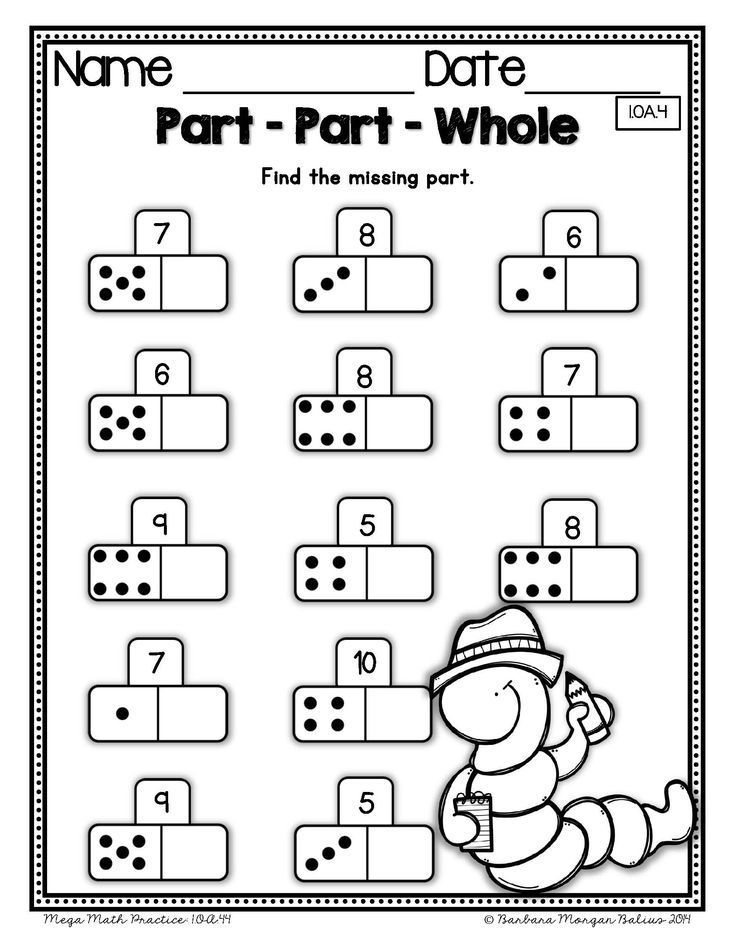 It's very hard to lose! Karkusha climbed into the garden, and on the way to her nest, she wants to pick more juicy fruits. The task of the players is to get ahead of Karkusha and prevent her from devastating the garden! nine0003
It's very hard to lose! Karkusha climbed into the garden, and on the way to her nest, she wants to pick more juicy fruits. The task of the players is to get ahead of Karkusha and prevent her from devastating the garden! nine0003
Wonderpony board game (4+)
This children's game is not only about ponies, but also about true friendship. The task of the players is to move the ponies into the corral before the fence closes. Participants will have to join forces, negotiate, share for free and learn to work in a team in order to achieve the common good - victory in the game.
Crafty Fox Board Game (5+)
Developed by the American game studio Gamewright, players have to become detectives and solve a complicated case in this game. The fox has stolen the pie and is running away with it into his hole. The kidnapper must be identified. There are cards with suspects, each has its own signs - someone wears a hat, someone wears pince-nez, someone has a flower. The team must remove suspicion from the innocent and uncover the identity of the Sly Fox before he can cross the field and finally sneak out.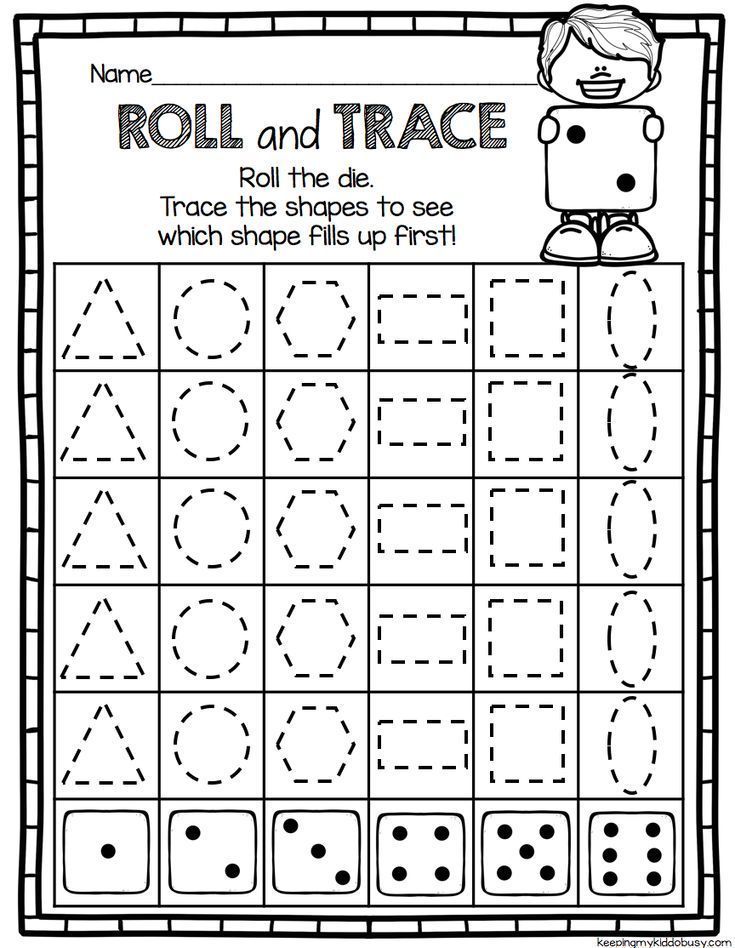 nine0003
nine0003
Bandito board game (6+)
Another exciting game for young detectives. The bandit is on the alert and wants to run away. The participants of the game need to join forces to stop him before the cards in the deck run out. If at least one loophole remains by this moment, then the bandit was able to escape - and left everyone with a nose. And if the players managed to block all his paths, then they won the game!
Forbidden Island Board Game (8+)
Gamewright's players will turn into adventurers and go to a distant island that is rapidly sinking into the water. Task: collect four magical artifacts and have time to fly away by helicopter until the island is flooded. nine0003
How useful are board games in general and cooperative games in particular for your children? Let's ask a specialist.
Irina Katin-Yartseva, clinical psychologist, game therapist
Board games are a popular type of children's and family leisure, especially now, when children play little yard games, and parents are too tired to invent game plots.
This is not only a pleasant pastime together: they greatly contribute to the cognitive development of the child, motivation for learning, the functions of perception, memory, thinking, voluntary attention and control, they teach to respect boundaries and rules. Board games can help to learn skills such as counting, recognizing objects, colors, symbols, they develop categorization, imagination and symbolization - the ability to use substitute symbols for objects (cards, chips), on the basis of which reading and writing are built. It is not for nothing that board games have become an integral tool for the work of neuropsychologists and speech therapists and are actively used in school preparation programs. nine0003
In addition, joint games bring parents and children closer, harmonize their relationship, uniting them around joint activities.
Among board games, a separate category stands out - cooperative games, where participants play together against the field and must cooperate efforts.
They are distinguished by the absence of a competitive moment and help out families with pronounced rivalry of brothers and sisters, as well as children with unstable self-esteem, who are having a hard time losing to an opponent. nine0003
What do children get emotionally from this game?
- Contact with peers or family.
- Feeling of involvement in a joint process, a sense of responsibility for the overall success.
- Skills of interaction, cooperation, mutual assistance.
- Joy and pleasure, as well as the opportunity to let off steam, to live in the game those emotions (excitement, anger, triumph, magical power) that cannot be realized in life.
Such games are especially important in the lives of children who are sensitive to evaluation, experiencing difficulties in relationships with family members. nine0003
An entertaining co-op game with a vivid story that is not only interesting, but also useful. It's also a great way to have fun with the whole family!
H also read:
These 7 games will make your walk even more useful
5 cool board games that can be played by the whole family
Children and computer games: for 900 Alexandrov2 and against
/Shutterstock.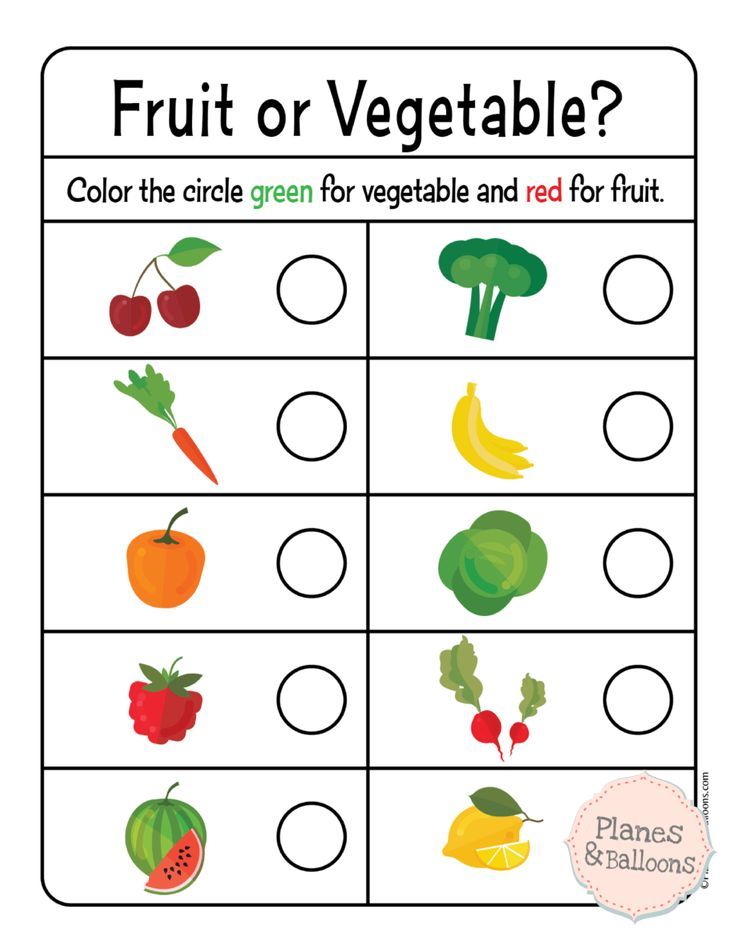 com; play material
com; play material children education development games useful tips
Collective gifts for preschoolers.
Which board game would you like?
Who will play?
Toddlers
Youth
Children
Family
Adolescents
Adults
Number of players:
Difficulty
Game time
Age of players
only search in games
Availability
does not matter
for delivery by mail
in PickPoint parcel terminals
by courier in Moscow
by courier in St. Petersburg
in Moscow stores
in St. Petersburg stores
What game?
Armor (15)
Victorin (17)
Detective (82)
Quest (72)
Cooperative (145)
Labyrinth (21)
Hidden roles (16)
nine0002 economic (31)
Theme of the game
Abstract (48)
Military (27)
Eastern flavor (10)
zombies and apocalypse (15)
Historical (23)
Space (19)
Magic and magic (65)
sea-pirate (22)
adventure (124)
with animals (123)
medieval (27)
cheese-mouse (5)
transport (14)
)
Developing and learning
learning English (9)
for attention (96)
for imagination (35)
for dexterity (36)
for logic (226)
for speed for memory (43) 9002 (67)
cognitive (29)
words and speech (63)
numbers and counting (37)
For whom
for large companies (121)
for a fun company (111)
for two (45)
for girls (117)
Boys (154)
Single (97)
Senior (45)
Keywords
- sale (88)
accessories (69)
active interaction (83)
child psychologists recommend (40)
gold collection for parties (20)
play on the road (79) 9002 card (203)
compact (157)
beautiful (127)
a lot of elements (126)
in a foreign language (8)
NEW (55)
domestic development (39)
rules per minute (160)
difficult (33)
BEST SELLER (49)
For the holiday
September 1 (87)
February 14 (42)
February 23 (103)
March 8 (85)
New Year: on the holiday itself (29)
New Year: for large companies (37)
New Year: for two (20)
New Year: for children (43)
New Year: for friends (50)
New Year: for toddlers 3-5 years old (29)
New Year: family games (44)
New Year: souvenirs for colleagues (44)
Halloween (40)
Puzzles
Puzzle for adults (45)
Puzzle for children (56)
Wooden puzzle (34)
Magnetic puzzle (9)
Metal puzzle (12)
Game maker
Game series
Collapse all filters
Head spinning?
Our consultants are on call
from 9:00 to 21:00 Moscow time
Call us! We'll help you choose!
8 (800) 555-51-43
+7 (495) 668-06-08
+7 (812) 309-00-99
Selected 0 games
pick up a game
It's another holiday, and you are puzzled how to congratulate all the children in kindergarten? What to buy for girls and boys on February 23, March 8, New Year or graduation party? - The game expert answers - give board games! nine0003
The game expert has compiled a selection of board games that can be bought immediately for all children in the group.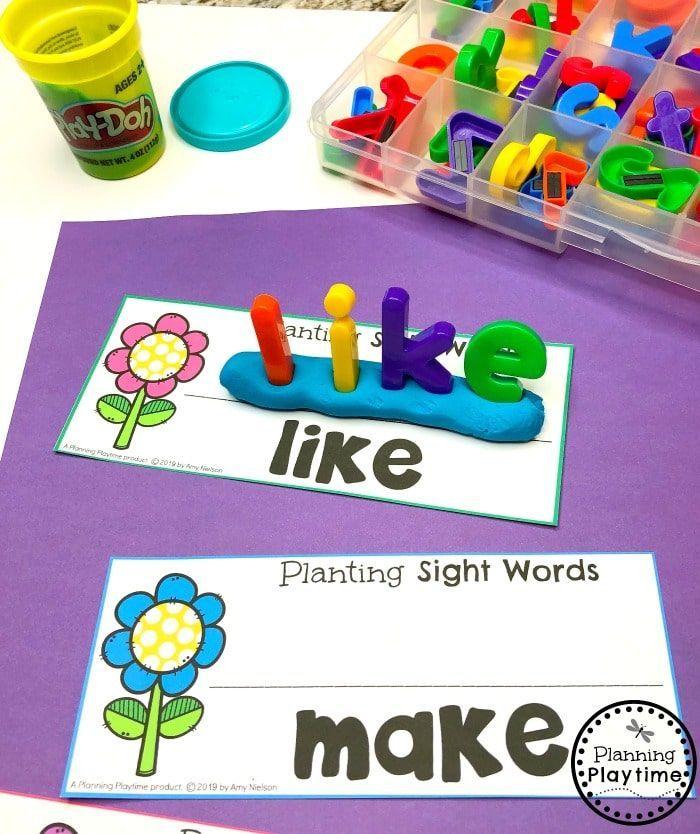 Here are some tips we would like to give.
Here are some tips we would like to give.
- The age indicated on the box is only a rough guideline. If your child is 4 years old, then he may like both games for 3+ and 5+. It's just that the former will be easier to play, while the latter will be more difficult. But we recommend giving kids games that either exactly match their age, or differ by a year, but no more.
- All of our board games are great for both boys and girls. Boys may like playing with cars a little more, but any child, regardless of gender, will like painting over pictures with a magic marker in Speed Colors.
- Our assortment is constantly replenished, sold out and replenished again, call or write to us to clarify the availability of the required number of games in stock by a certain date, because we have such a large collection that even in the absence of any game, we always we will help you find a replacement for her :)
- When ordering 15 or more games of one, two or three titles from Lifestyle publishing house you will receive a 15% discount .
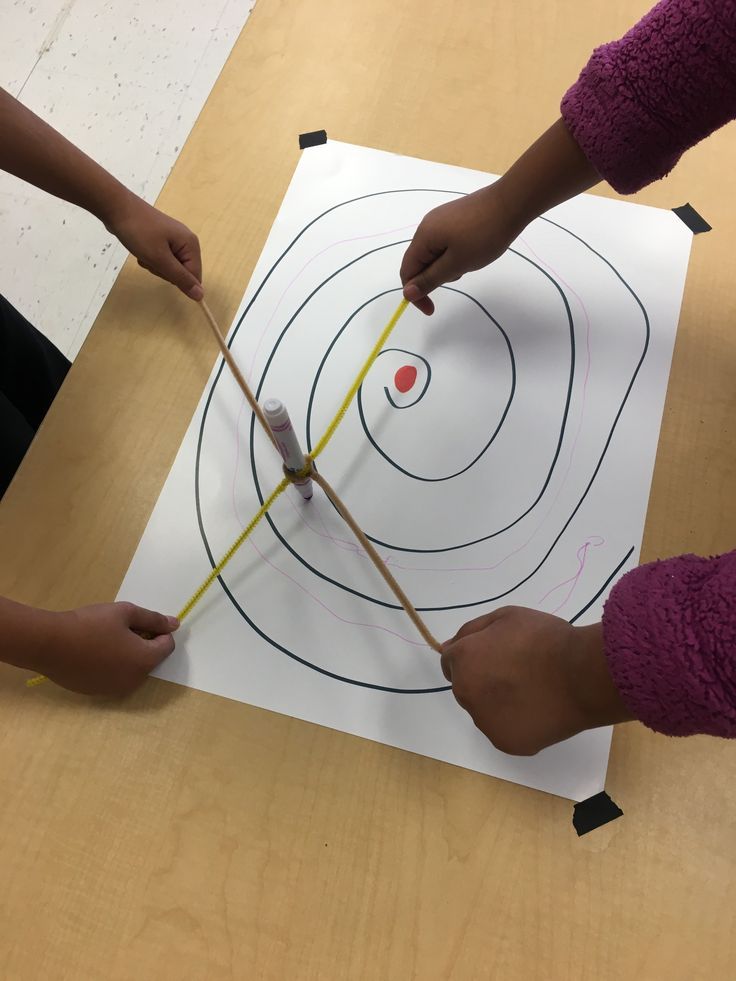
For example, you will get an additional 15% discount:
- when you buy 15 Differentiance games for kids
- or when you buy 9 Meow Maze games and 11 Bubble Stories games (20 games in total)
- or when you buy 27 games Live Pictures - Courier delivery in Moscow and St. Petersburg is free for orders over 7000 rubles. nine0062
- The bonus system works as usual. After paying for the order, bonuses will be credited to your personal account in Igroved, which can be paid later.
- With this discount, no promotions and additional promo words (flyers) are added.
- The discount applies only to these games, not to the entire order.
Below is a list of games we recommend as a great gift for a preschooler. All of them are included in the list of board games, which has a 15% discount for collective orders. nine0003
Sort: By popularity Price ⇡ Price ⇣ By novelty By name By manufacturer Number of players ⇡ Number of players ⇣ Game time ⇡ Game time ⇣ Age ⇡ Age ⇣
-
Funny snakes
15
990 ₽ 840 ₽
Check availability3+Minimum age 2–4 Players 15+ min.
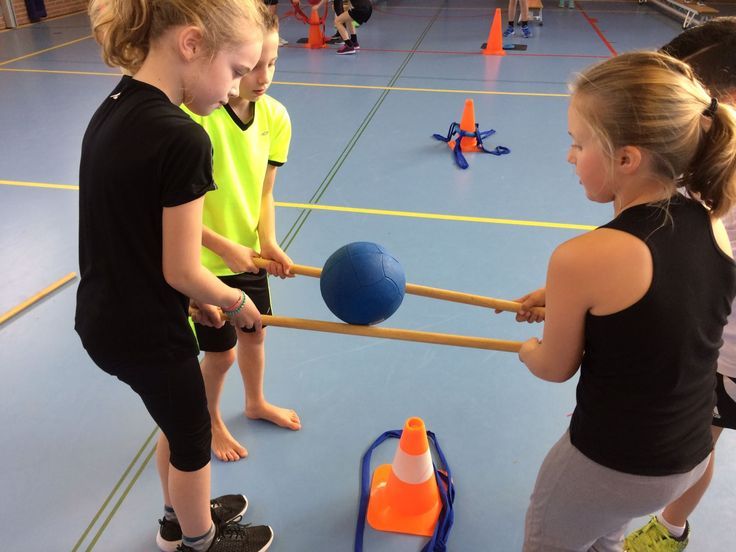 Play time
Play time A wonderful game for families with kids. nine0003
-
Strawberry paths
1 250 ₽
Check availability3+Minimum age 2–4 Players 15+ min. Game time
Good game without losers and pleasant learning...
-
Micons
730 ₽
Check availability3+Minimum age nine0356 2–4 Number of players 15+ min. Play time
Fun game for toddlers.
-
Plush hide and seek
690 ₽
Check availability3+Minimum age 1–4 Players 5+ min. Game time
Detective game for the youngest detectives.
-
Elephant blue
1 250 ₽nine0293 Check availability
3+Minimum age 2–4 Players 20+ min. Playtime
Fun walking game for toddlers with...
-
Dobble. Russian fairy tales
new
470 ₽
Check availability4+Minimum age 2–8 Players 15+ min.
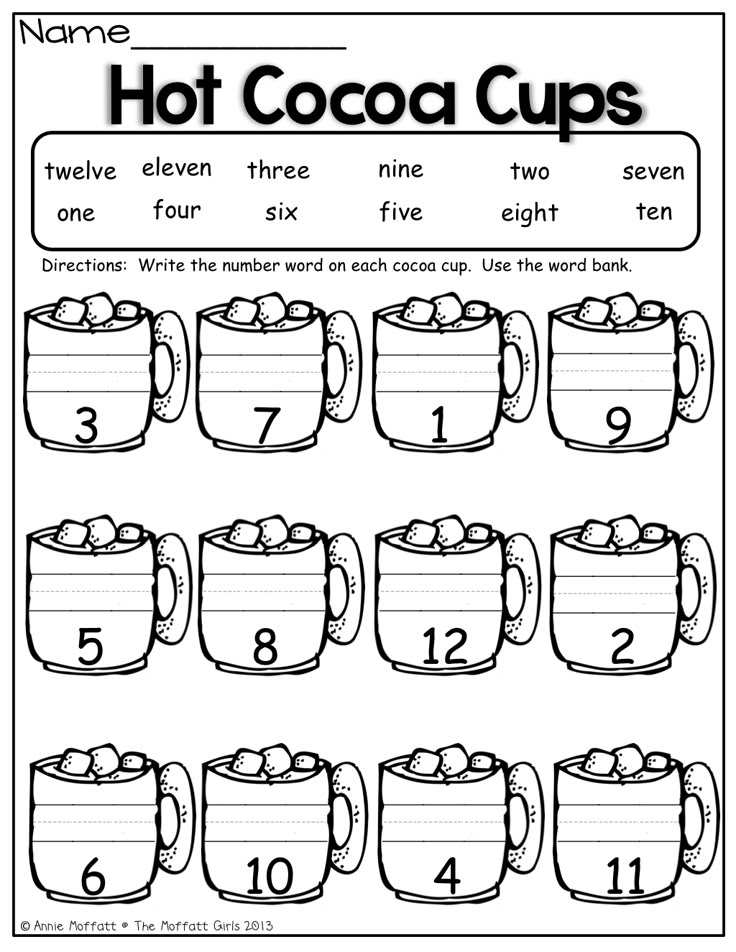 Game time
Game time Famous Dobble with familiar pictures...
-
Dobble. Cold heart
40
1 390 ₽ 830 ₽
Check availability4+Minimum age 2–5 Players 10+ min. Game time
The famous Dobble with cartoon pictures...
-
Live pictures
hit 10
490 ₽ 440 ₽
Check availability4+Minimum age 2–6 Players 10+ min. Game time
Drawing on the reverse side is always a little...
-
Pilot Louis
1 990 ₽
Check availability4+Minimum age 2–4 Players 10+ min. Game time
Screw it! Rather, press the pedal to ...
-
Mission Nuts
hit
350 ₽
Check availability4+Minimum age 2–4 Players 10+ min. Game time
Cute memory game.
-
Tumbleweed
5
1 590 ₽ 1 510 ₽
Check availability4+Minimum age 1–4 Players 20+ min.
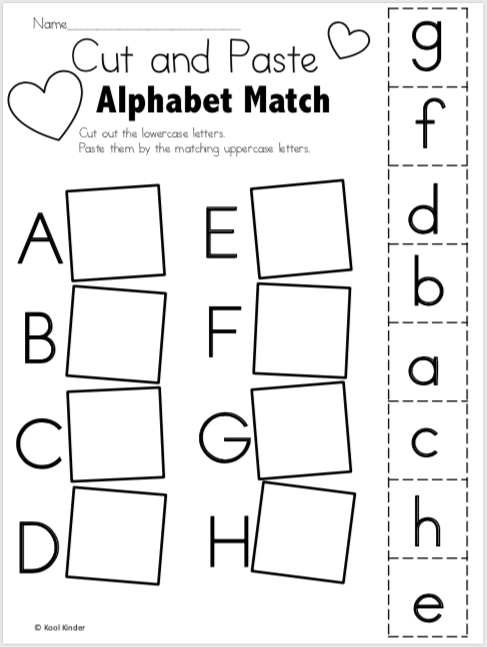 Game time
Game time How do hedgehogs collect supplies? - Needles!
-
Bubble stories
hit
790 ₽
Check availability4+Minimum age 1-2 Players 10+ min. Game time
Three adventures in one game!
-
Rummikub. Good start
870 ₽Check availability
4+Minimum age 2–4 Players 20+ min. Play time
Rummikub for children from 4 to 7 years old.
-
Orbo
hit
590 ₽
Check availability4+Minimum age 1Number of players 15+ min. Play Time
Great stress reliever! nine0003
-
Lost and Found
hit
690 ₽
Check availability5+Minimum age 2–6 Players 10+ min. Game time
Did someone lose something? It doesn't matter, because there is ...
-
Road to the Reef
1 350 ₽
Check availability5+Minimum age nine0356 2–4 Number of players 15+ min.
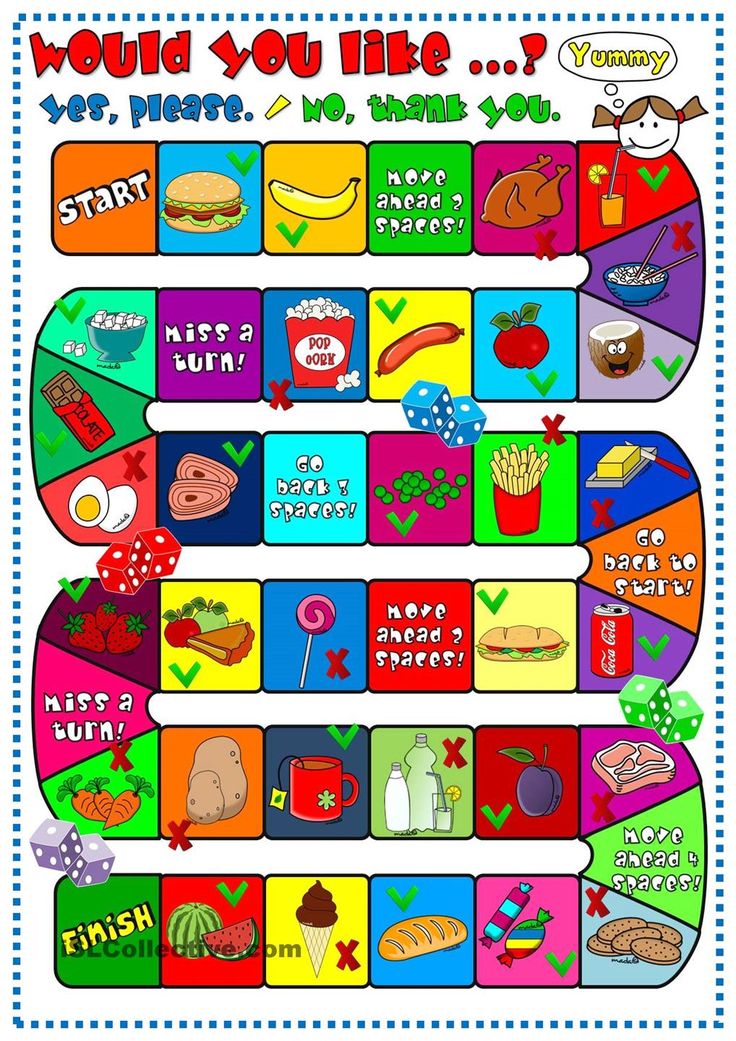 Game time
Game time Dangerous way home.
-
Dragon Kingdom (Russian box)
hit
1 690 ₽
Check availability5+Minimum age 2–4 Players 15+ min. Game Time
Find Baby Dragons!
-
Insidious Fox
hit
nine0002
1 190 ₽
Check availability5+Minimum age 2–4 Players 20+ min. Game time
The fox stole the pie! Hurry up and catch...
-
Forest tower
hit 15
990 ₽ 840 ₽
Check availability5+Minimum age 2–5 Players nine0356 15+ min. Play time
Cute and funny children's development game...
-
Tumbleweed and Friends
1 690 ₽
Check availability5+Minimum age 1–4 Players 20+ min. Game time
Sequel to the popular rolling game
-
Mix
1 430 ₽
Check availability5+Minimum age 2–4 Players 15+ min.
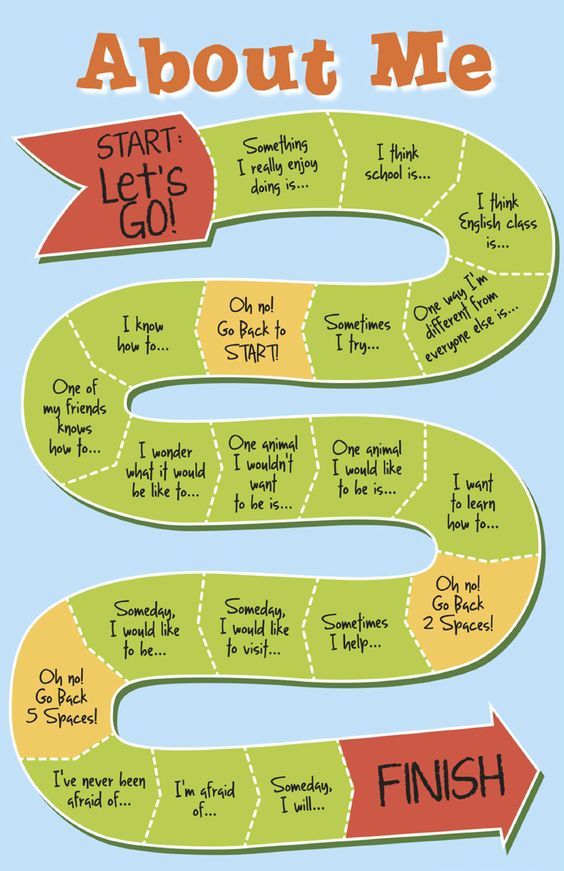 Game time
Game time Find the right pictures, make lines...
-
Speed colors
hit
1 190 ₽
Check availability5+Minimum age 2–5 Players 15+ min. Game time
Breathe life into black and white pictures! nine0003
-
Speed colors (square box)
990 ₽
Check availability5+Minimum age 2–5 Players 15+ min. Game time
Breathe life into black and white pictures!
-
Speed colors. Team
1 090 ₽
Check availability5+Minimum age nine0356 2–6 Number of players 10+ min. Game time
Bright team game.
-
Barabashka
hit
1 290 ₽
Check availability6+Minimum age 2–8 Players 20+ min. Game time
Logic and speed - find the right one quickly...
-
Dobble
hit 5
990 ₽ 940 ₽
Check availability6+Minimum age 2–8 Players 15+ min.
